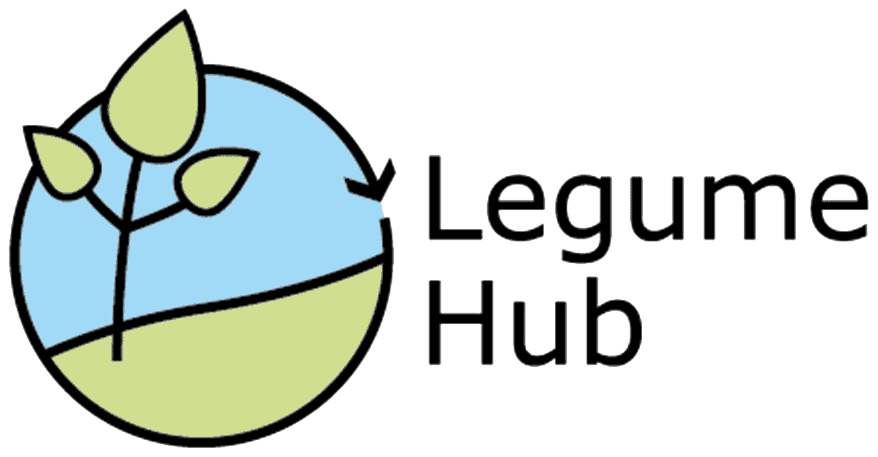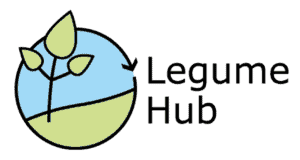Videos
Search
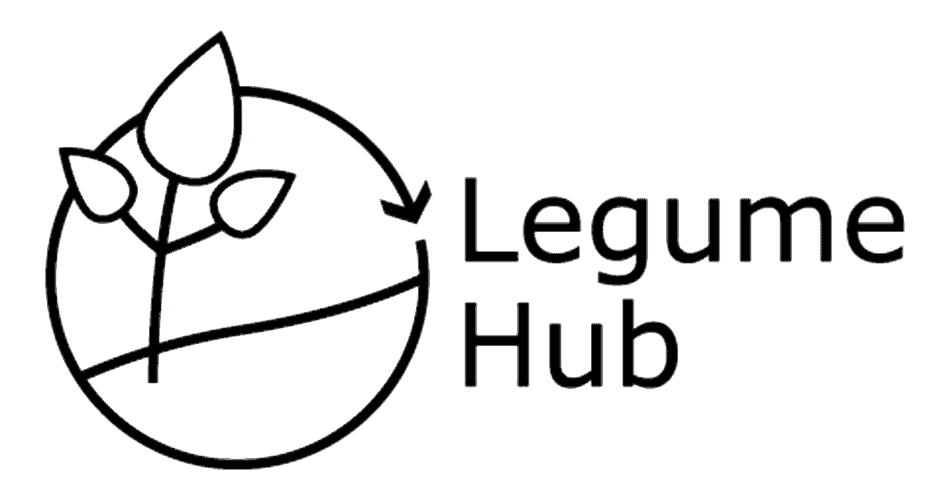
Articles | Images | Viewpoints
Our videos about: all
()
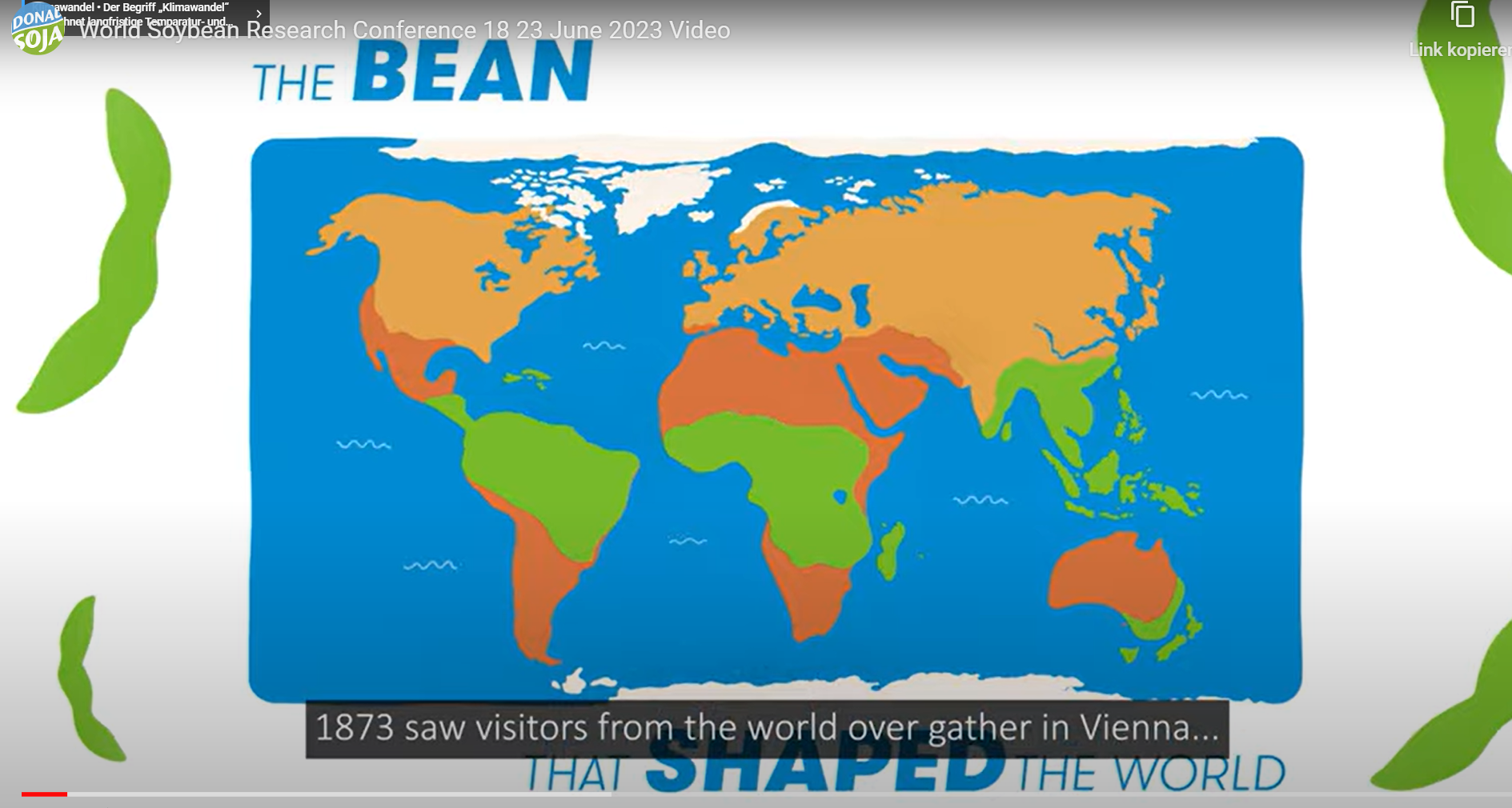
WSRC: The bean that shaped the world
The World Soybean Research Conference (WSRC11) will soon take place in Vienna, Austria: from 18 - 23 June 2023. In this video, Donau Soja presents the history of soya cultivation and the questions to be discussed on the WSRC.
The captivating story of the soybean's journey to Europe and its subsequent global spread is now revealed in an extraordinary vide...
The World Soybean Research Conference (WSRC11) will soon take place in Vienna, Austria: from 18 - 23 June 2023. In this video, Donau Soja presents the history of soya cultivation and the questions to be discussed on the WSRC.
The captivating story of the soybean's journey to Europe and its subsequent global spread is now revealed in an extraordinary video that spans over 150 years from 1873 to 2023.
|39|40|
Watch
2023
Donau Soja
0_1685708538
1685708538
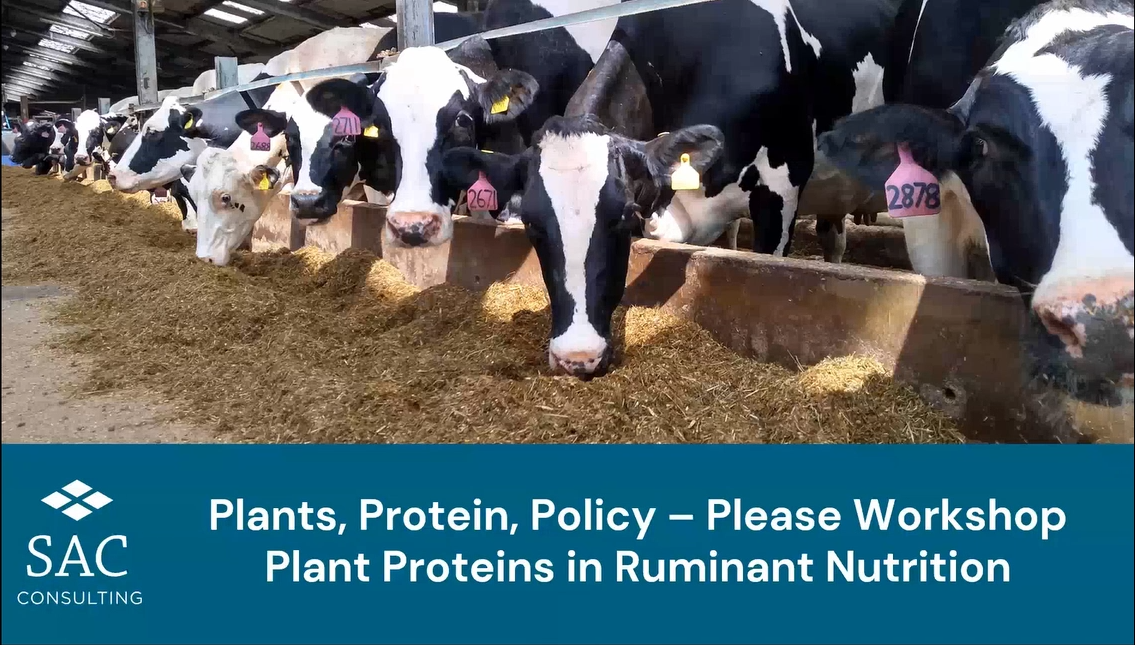
Plant proteins in ruminant nutrition
Dr Lorna MacPherson presents on the role plant proteins in ruminant diets. The slides were presented as part of a workshop on plant proteins.
Dr Lorna MacPherson presents on the role plant proteins in ruminant diets. The slides were presented as part of a workshop on plant proteins.
|46|
Watch
Legumes Translated has received funding from the European Union's Horizon 2020 research and innovation programme under grant agreement No. 817634. We also acknowledge the funding of the Scottish Funding Council's University innovation fund (UIF).
2021
SAC
0_1652357021
1652357021
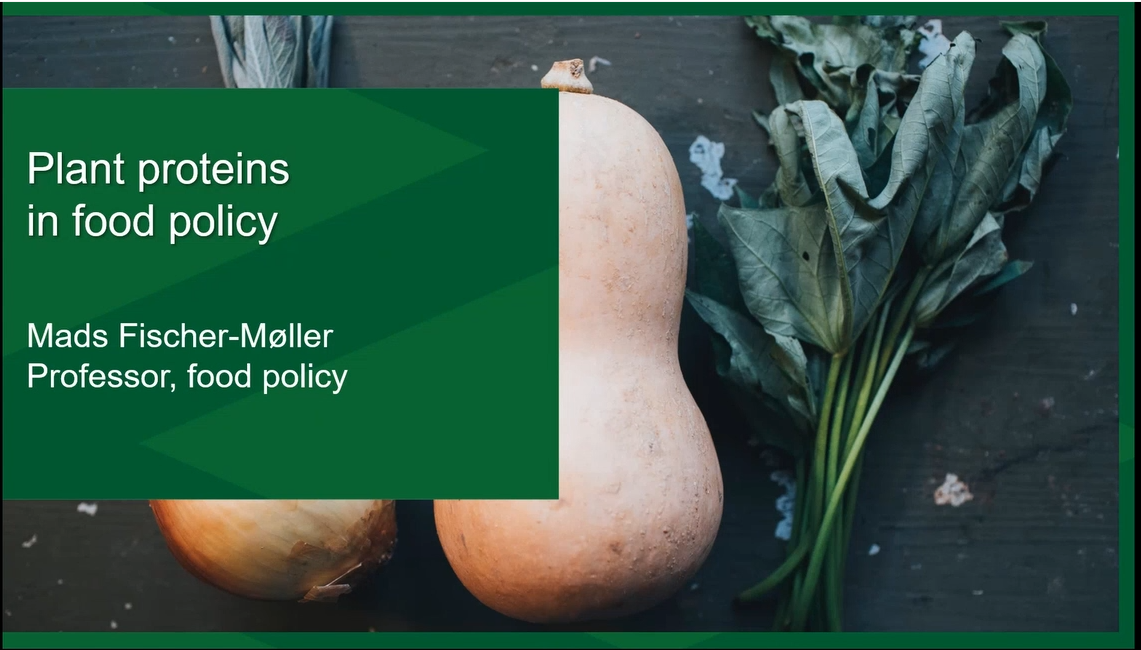
Plant proteins in food policy
Professor Mads Fischer-Moller's presentation focuses on how is approaching plant proteins for human consumption. The slides were presented as part of a workshop on plant proteins.
Professor Mads Fischer-Moller's presentation focuses on how is approaching plant proteins for human consumption. The slides were presented as part of a workshop on plant proteins.
|49|
Watch
Legumes Translated has received funding from the European Union's Horizon 2020 research and innovation programme under grant agreement No. 817634. We also acknowledge the funding of the Scottish Funding Council's University innovation fund (UIF).
2021
SRUC
0_1652357009
1652357009
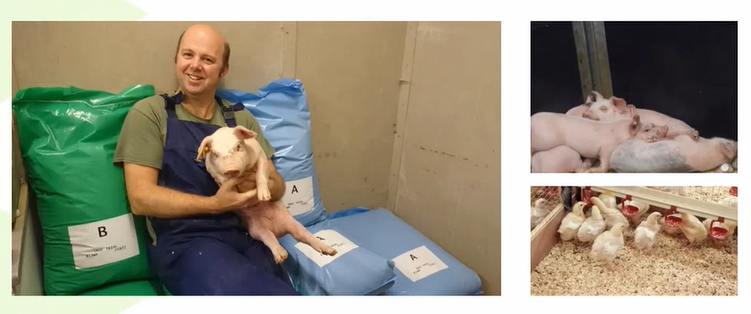
Pulses in monogastric rations
Professor Jos Houdijk's presentation focuses on the opportunities for replacing soya with other legumes. The slides were presented as part of a workshop on plant proteins.
Professor Jos Houdijk's presentation focuses on the opportunities for replacing soya with other legumes. The slides were presented as part of a workshop on plant proteins.
|41|48|47|
Watch
Legumes Translated has received funding from the European Union's Horizon 2020 research and innovation programme under grant agreement No. 817634. We also acknowledge the funding of Defra Link and the Scottish Funding Council's University innovation fund (UIF).
2021
SRUC
0_1652356996
1652356996
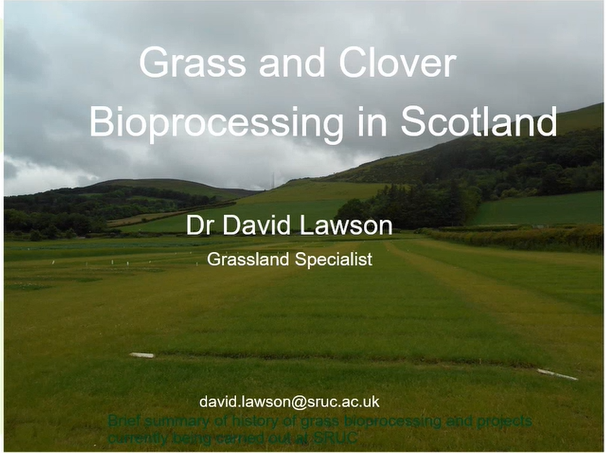
Grass and clover bioprocessing in Scotland
David Lawson presents a brief summary of grass bioprocessing and projects being conducted at SRUC. The slides were presented as part of a workshop on plant proteins.
David Lawson presents a brief summary of grass bioprocessing and projects being conducted at SRUC. The slides were presented as part of a workshop on plant proteins.
|39|
Watch
Legumes Translated has received funding from the European Union's Horizon 2020 research and innovation programme under grant agreement No. 817634. We also acknowledge the funding of the Scottish Funding Council's University innovation fund (UIF).
2021
SRUC
0_1652356977
1652356977
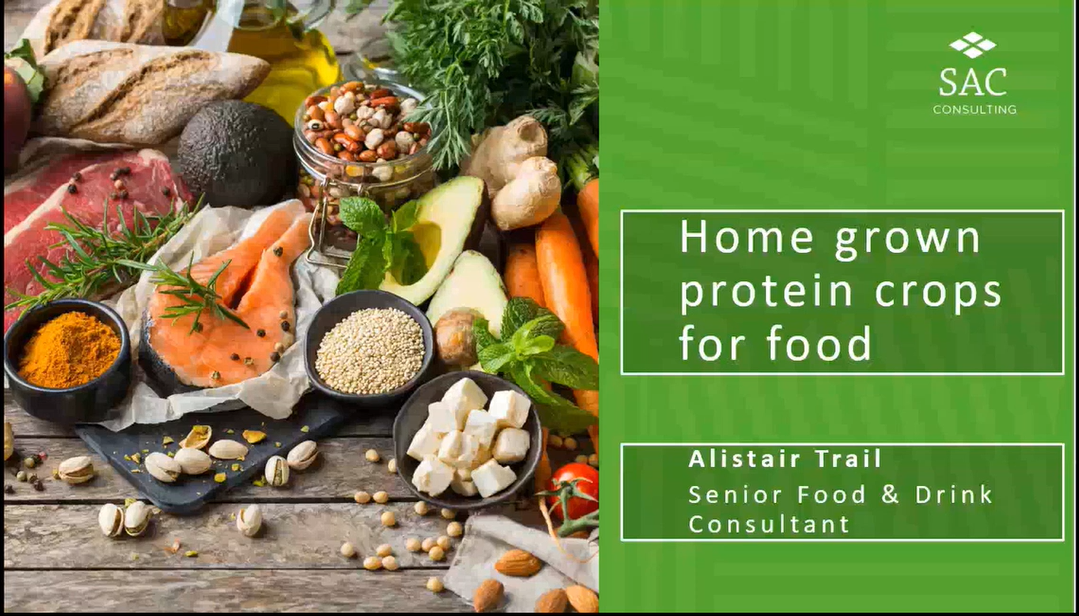
Home grown protein crops for food
This video discusses the opportunities for home grown proteins for food in Scotland. Alistair Trail works with SAC consulting and works with SRUC hospitality lecturers and with Scottish Food and Drinks businesses to develop new products for the Scottish Market. Alistair presents an overview of opportunities in Scotland. The slides were presented as part o...
This video discusses the opportunities for home grown proteins for food in Scotland. Alistair Trail works with SAC consulting and works with SRUC hospitality lecturers and with Scottish Food and Drinks businesses to develop new products for the Scottish Market. Alistair presents an overview of opportunities in Scotland. The slides were presented as part of a workshop on plant proteins.
|49|
Watch
Legumes Translated has received funding from the European Union's Horizon 2020 research and innovation programme under grant agreement No. 817634. We also acknowledge the funding of the Scottish Funding Council's University innovation fund (UIF).
2021
SAC
0_1652356940
1652356940
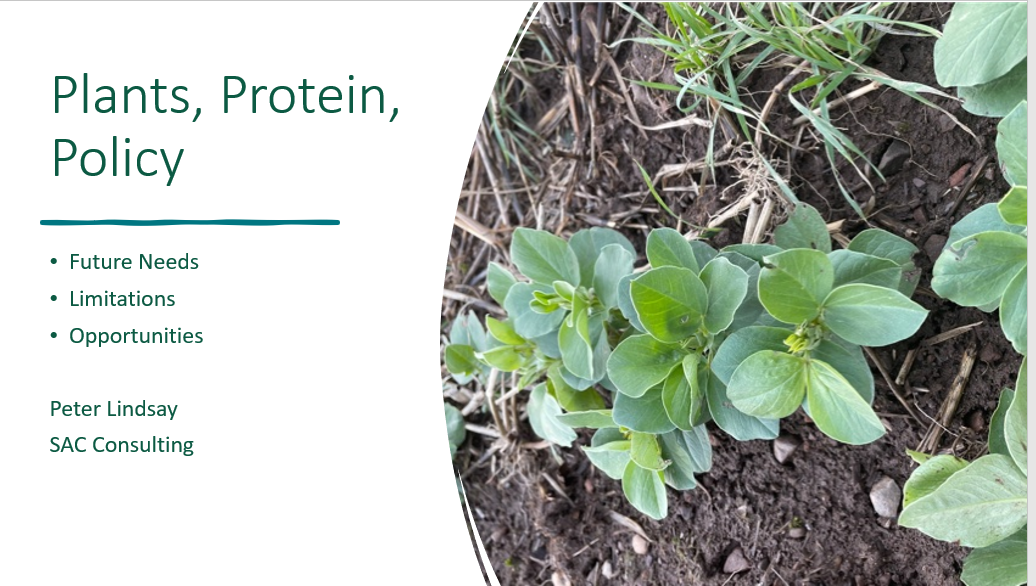
Plants, protein, policy
Peter's highlights the challenges and the opportunities for growing plant proteins in Scotland. The slides were presented as part of a workshop on plant proteins.
Peter's highlights the challenges and the opportunities for growing plant proteins in Scotland. The slides were presented as part of a workshop on plant proteins.
|39|
Watch
Legumes Translated has received funding from the European Union's Horizon 2020 research and innovation programme under grant agreement No. 817634. We also acknowledge the funding of the Scottish Funding Council's University innovation fund (UIF).
2021
SAC Consulting
0_1652356876
1652356876
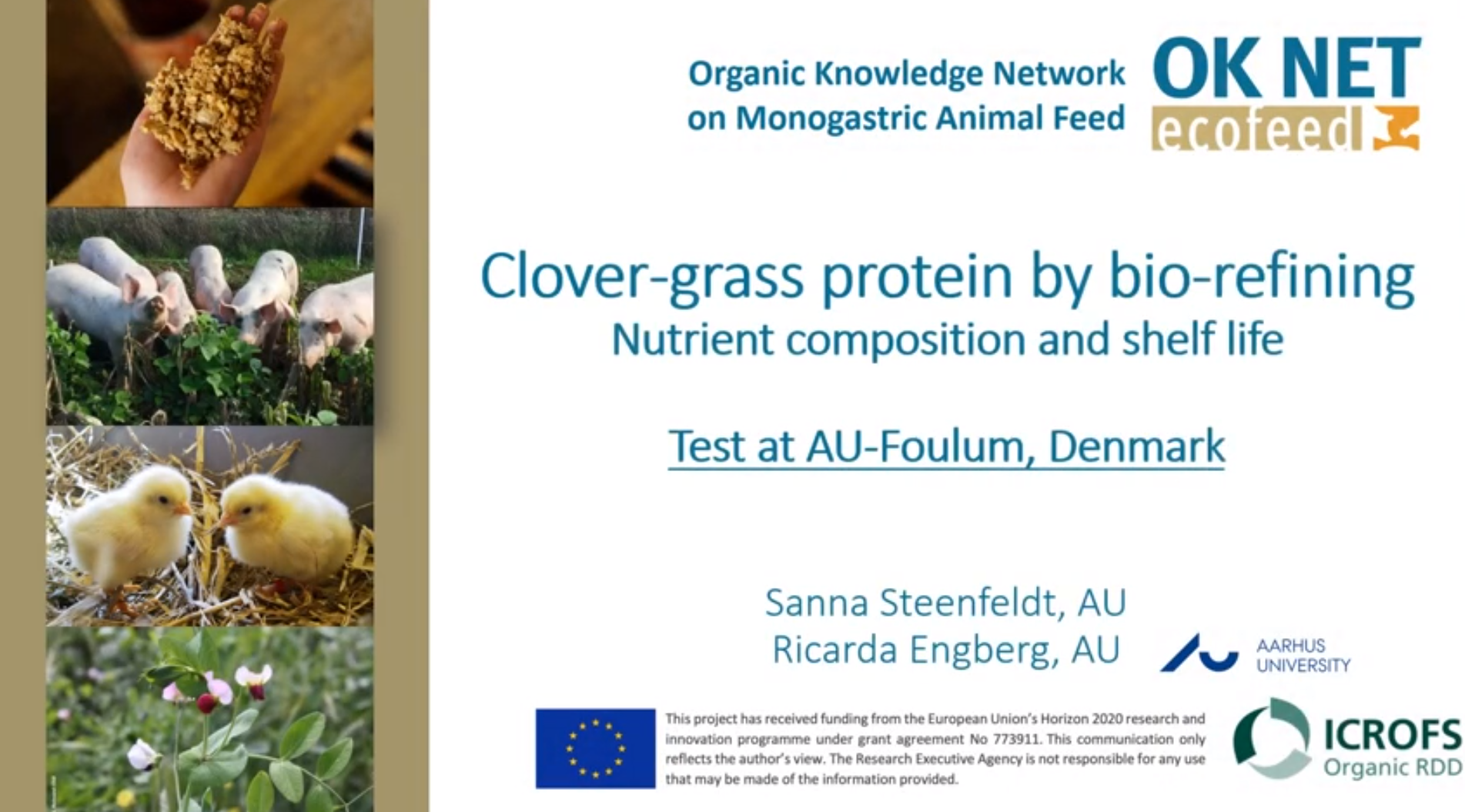
Clover-grass protein by bio-refining - Nutrient composition and shelf life
This video presents a test, done at Aarhus University in Foulum, Denmark, which looked at the chemical composition and shelf life of fresh protein clover grass concentrate and the effect of temperature and lactic acid bacteria (LAB).
This video presents a test, done at Aarhus University in Foulum, Denmark, which looked at the chemical composition and shelf life of fresh protein clover grass concentrate and the effect of temperature and lactic acid bacteria (LAB).
|39|
Watch
The project has received funding from the European Union's Horizon 2020 research and innovation programme under grant agreement No 773911. This comunication onmy reflects the author's view. The Research Executive Agency is not responsible for any use that may be made of hte information provided.
2021
Ok-Net EcoFeed
0_1651495416
1651495416
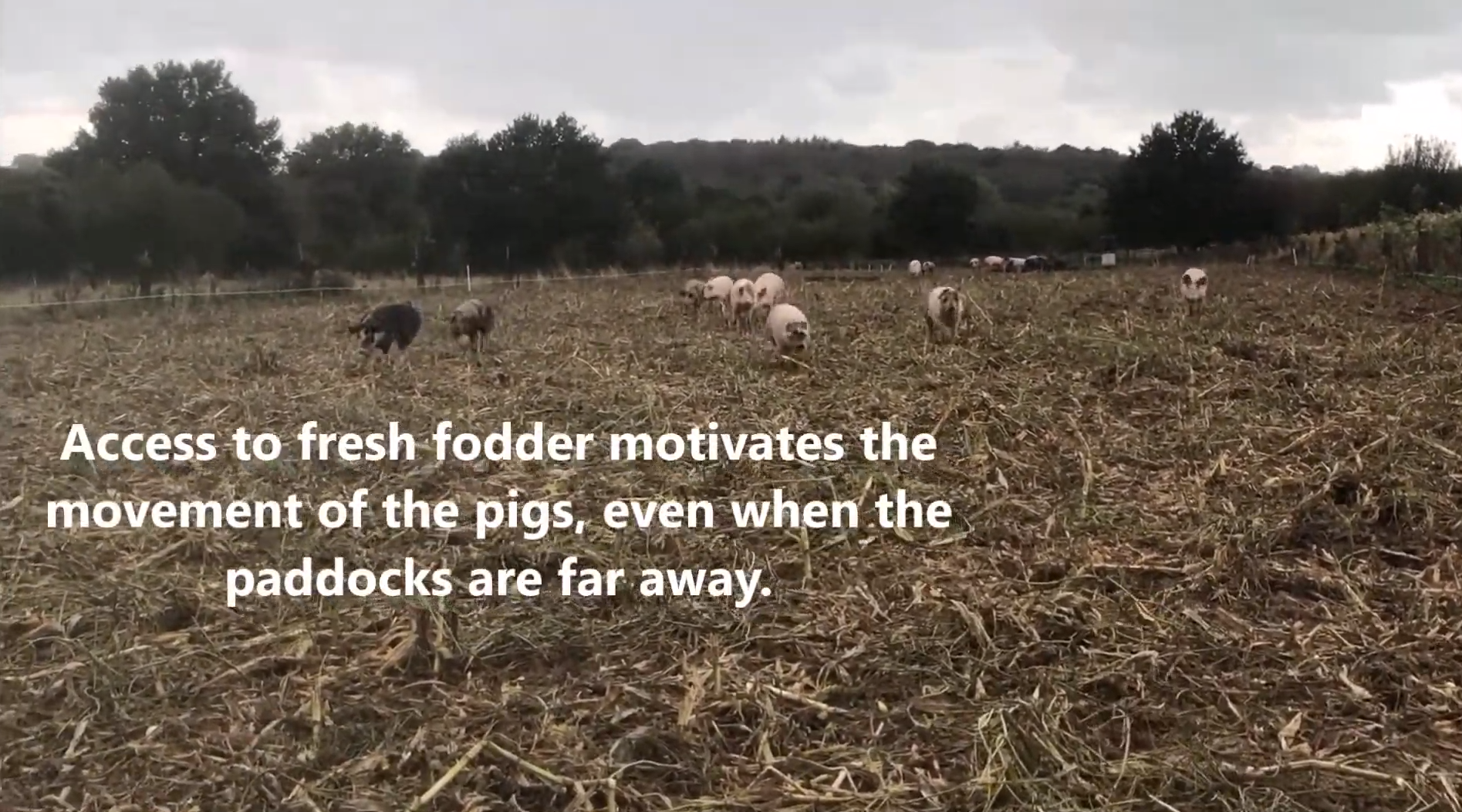
Contribution of protein-rich fodder to finisher pigs
Design and evaluation of a year-round feeding strategy that maximizes the use of home-grown forage for finisher pigs. Aims are to increase farm autonomy, reduce the cost of feed and improve meat and carcass quality.
Design and evaluation of a year-round feeding strategy that maximizes the use of home-grown forage for finisher pigs. Aims are to increase farm autonomy, reduce the cost of feed and improve meat and carcass quality.
|97|48|
Watch
This project has received funding from the European Union’s Horizon 2020 research and innovation program under grant agreement No 773911.
2021
ITAB - Institute for Organic Agriculture, OkNet-EcoFeed
0_1651494831
1651494831
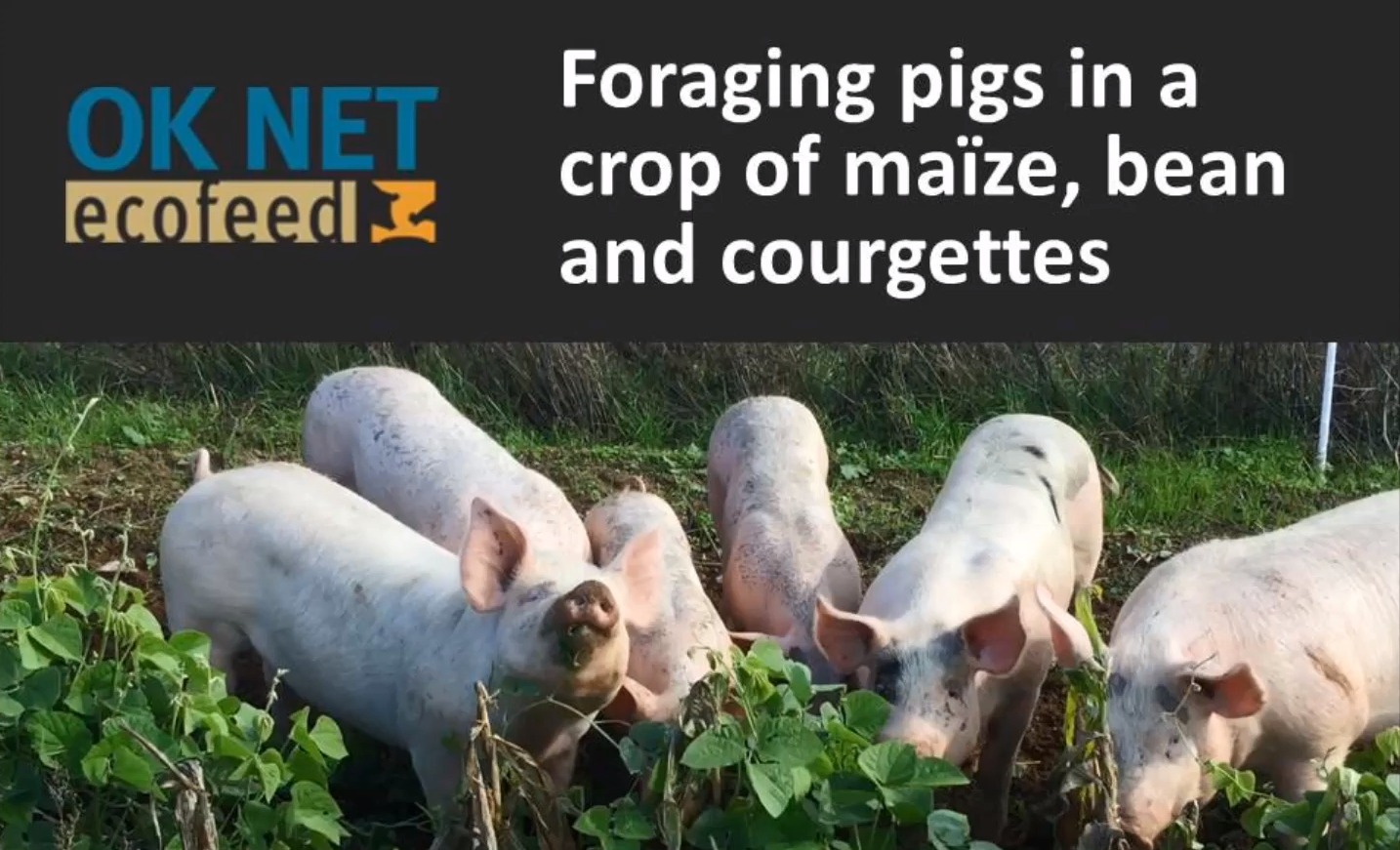
Introducing maize, bean and courgettes into the diet of foraging pigs
The video shows the experience of an organic pig farmer located in Pays de La Loire region in the west of France implementing grazing in parcels. Integrating a diverse range of mixed protein-rich forages into the feeding plan can reduce the amount of concentrates needed. The farmer, who rears 45 sows, reduced the amount concentrate fed by a third to encourag...
The video shows the experience of an organic pig farmer located in Pays de La Loire region in the west of France implementing grazing in parcels. Integrating a diverse range of mixed protein-rich forages into the feeding plan can reduce the amount of concentrates needed. The farmer, who rears 45 sows, reduced the amount concentrate fed by a third to encourage foraging. His experience with the “three sisters” crops, maize, beans and squash, shows a well-consumed vegetation and a preserved soil. This tool is aimed at the target group of new and experienced farmers who hope to increase the use of local feedstuff and move towards closing their nutrient cycles. Organic and conventional farmers could benefit from this tool. This tool is relevant to pig farmers around the world, although the specific of its application are more adapted to central Europe.
|39|41|48|
Watch
This project received funding from the European Union's Horizon 2020 research and innovation programme under grant agreement No 773911.
2019
ITAB - Institute for Organic Agriculture, OkNet-EcoFeed
0_1651493418
1651493418
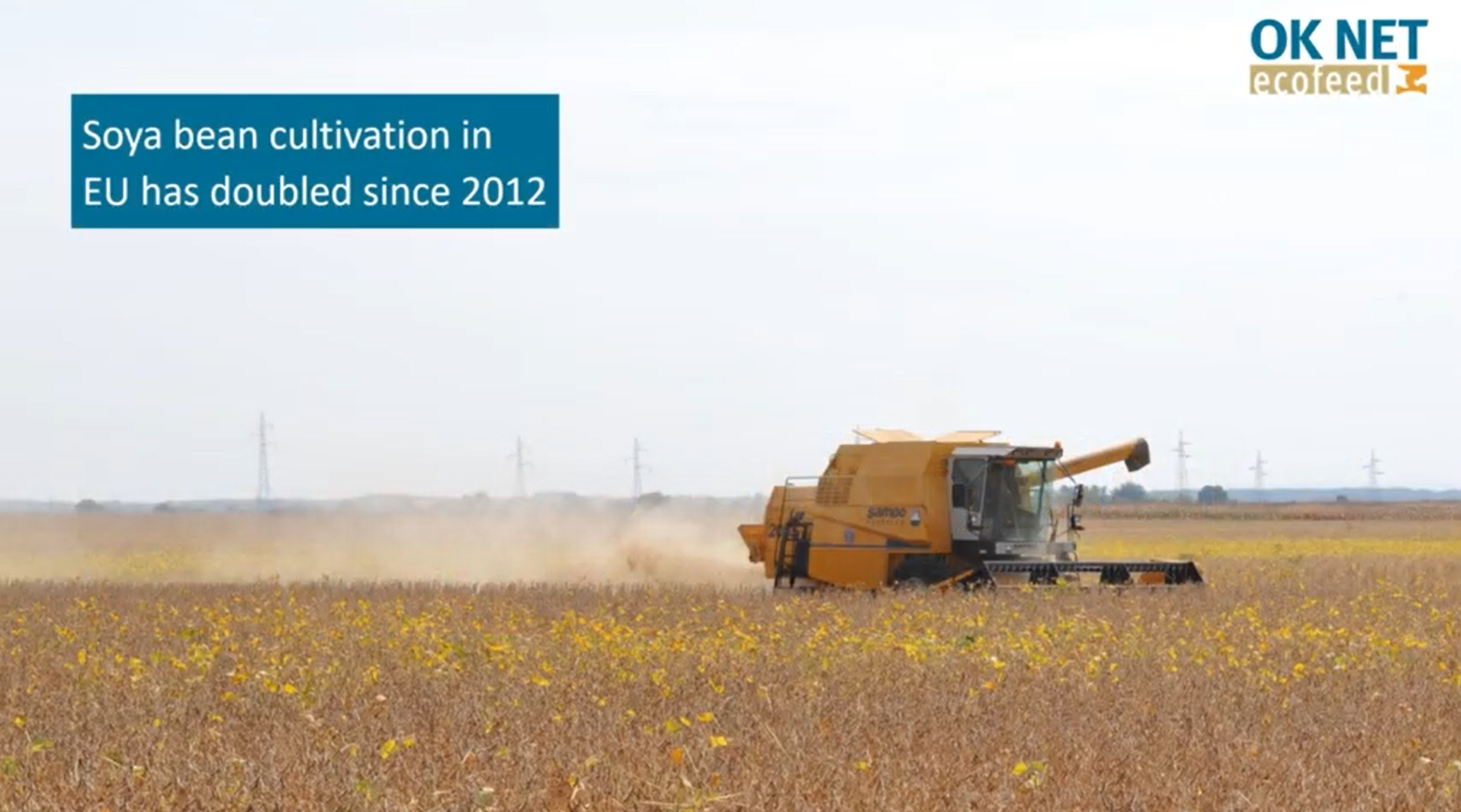
Detecting heat damages in processed soya bean with NIR
Detecting heat damages in processed soya beans, requires a testing of trypsin-inhibitor activity (TIA) or protein solubility (PDI). Measuring these parameters has been costly and time-consuming. Recently, near-infrared technology (NIR) has been advanced to measure in a fast, simple and reliable procedure essential feed parameters such as amino acid compositi...
Detecting heat damages in processed soya beans, requires a testing of trypsin-inhibitor activity (TIA) or protein solubility (PDI). Measuring these parameters has been costly and time-consuming. Recently, near-infrared technology (NIR) has been advanced to measure in a fast, simple and reliable procedure essential feed parameters such as amino acid composition, as well as TIA or PDI. This video provides a brief introduction to this topic and shows results from applying NIR in a soya bean processing study with over 30 farms or enterprises from Europe. The tool is not specific for organic farming but is certainly relevant.
|39|40|
Watch
This video provides a brief introduction to this topic and shows results from applying NIR in a soya bean processing study with over 30 farms or enterprises from Europe. This study was organised by Donau Soja, a non-profit organisation based in Vienna, Austria. The organisation aims to develop a sustainable and protein supply in Europe. The study was implemented in framework of the OK-Net Ecofeed Project and has received funding from the European Union’s Horizon 2020 research and innovation programme under grant agreement No 773911.
2021
Donau Soja, Ok-Net EcoFeed
0_1651483237
1651483237
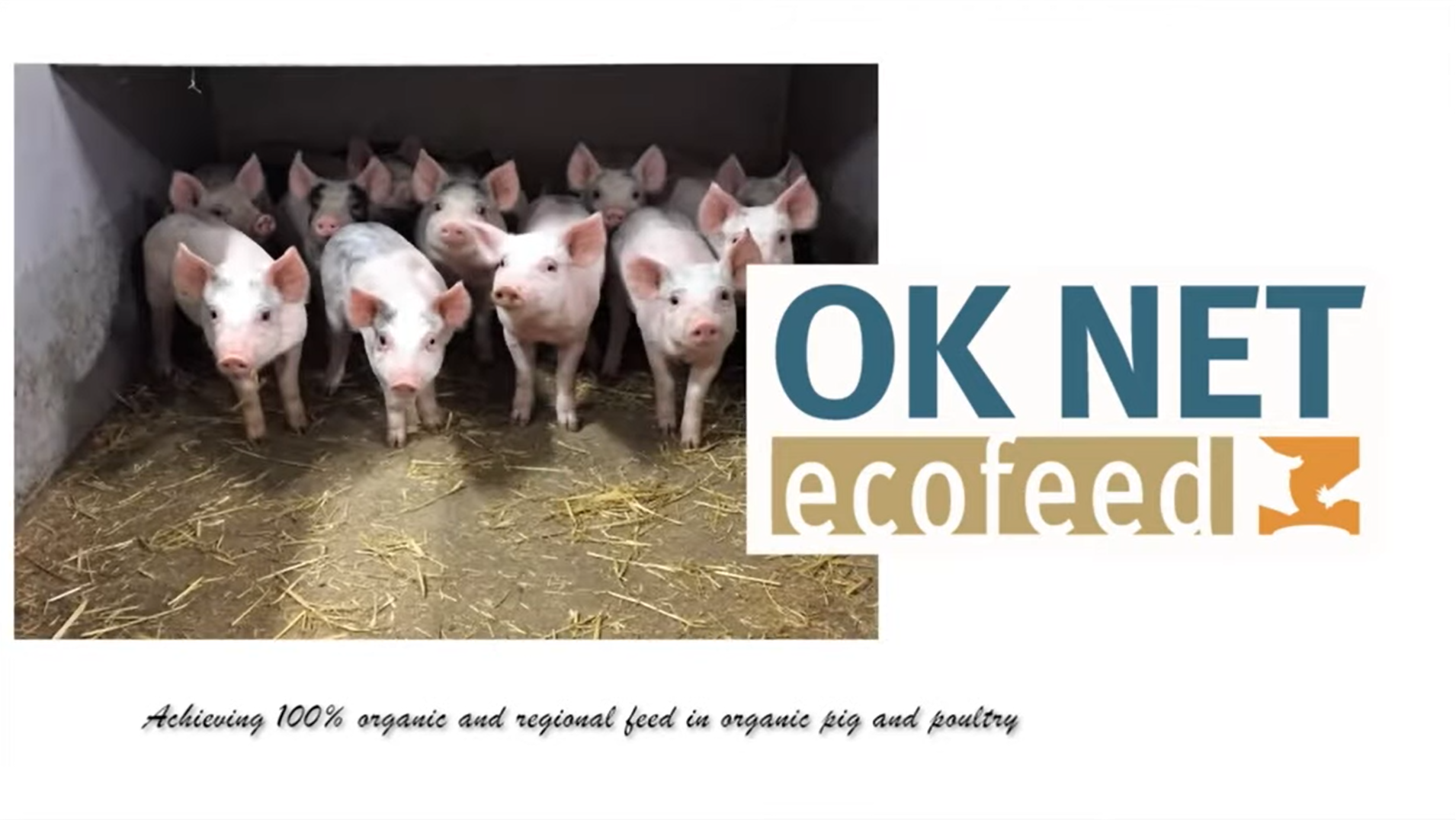
How to increase the nutritional value of beans for pig and poultry diets
With the support of the OK-Net EcoFeed project this field lab has been investigating ways of reducing pig and poultry farmer's reliance on imported protein for animal feed. Beans are commonly grown in rotation as a fertility-building cash crop, but they contain antinutritional factors, which limit their inclusion in monogastric rations. This trial looked at ...
With the support of the OK-Net EcoFeed project this field lab has been investigating ways of reducing pig and poultry farmer's reliance on imported protein for animal feed. Beans are commonly grown in rotation as a fertility-building cash crop, but they contain antinutritional factors, which limit their inclusion in monogastric rations. This trial looked at whether processing the beans to remove antinutritional factors could increase the use and value of a product which is readily available in organic farming.
|39|41|97|48|47|
Watch
This project has received funding from the European Union’s Horizon 2020 research and innovation programme under grant agreement No 773911.
2021
Innovative Farmers, Soil Association, OK-Net Ecofeed
0_1650628159
1650628159
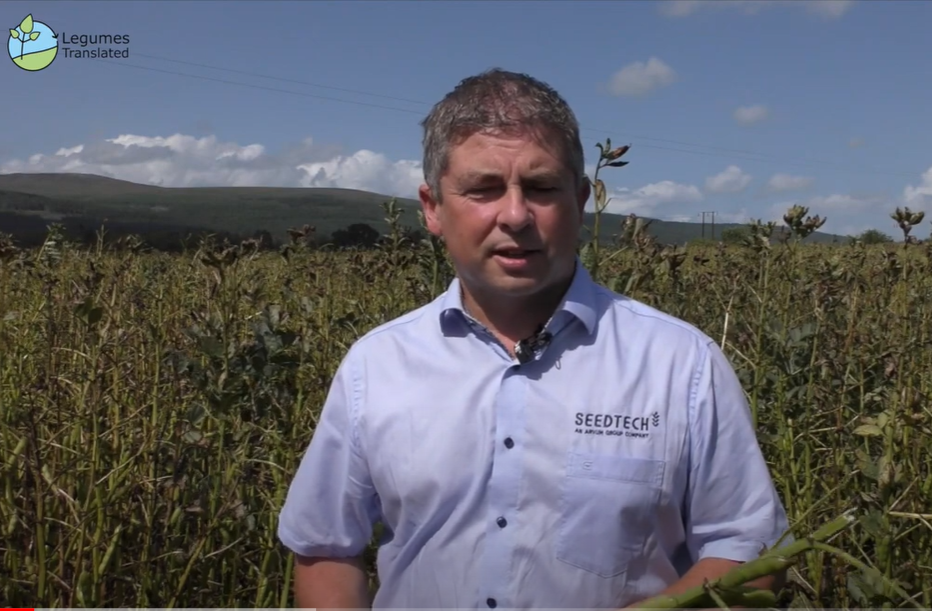
Faba beans in pig feeding trials
Dr. Peadar Lawlor, Teagasc and John Ryan of Adesco talk to Tim O'Donovan of Seedtech on their research into feeding faba beans instead of imported protein to pigs.
Dr. Peadar Lawlor, Teagasc and John Ryan of Adesco talk to Tim O'Donovan of Seedtech on their research into feeding faba beans instead of imported protein to pigs.
||
Watch
Legumes Translated has received funding from the European Union's Horizon 2020 research and innnovation programme under grant agreement No. 817634.
2021
Seedtech
0_1639665033
1639665033
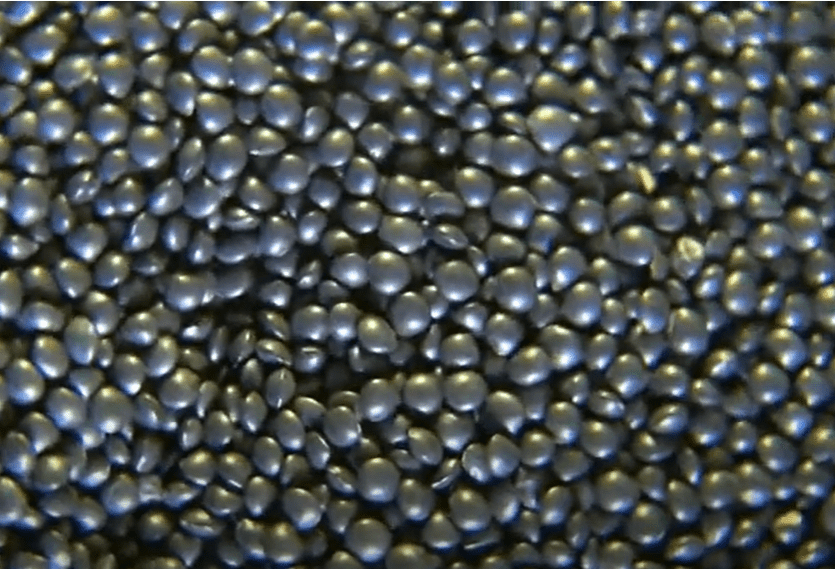
Information on pulses - ZDF hub
Whether lentil soup, lupin schnitzel or pea stew: once regarded as a poor man's food, pulses have returned to the food scene. Regular consumption can even protect against diabetes and cancer.
Whether lentil soup, lupin schnitzel or pea stew: once regarded as a poor man's food, pulses have returned to the food scene. Regular consumption can even protect against diabetes and cancer.
|39|49|
Watch
Englisch subtitles for this video were created within the Legumes Translated project. Legumes Translated has received funding from the European Union's Horizon 2020 research and innnovation programme under grant agreement No. 817634.
2020
Second German Television (ZDF)
0_1638458405
1638458405
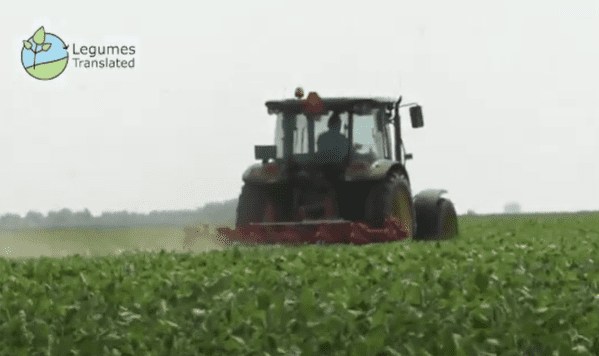
Cultivation practices in soybean production at a glance
This video provides information on agrotechnical measures in soybean production. From seedbed preparation over inoculation and sowing, to crop management over the growing season. Effects of various row spacing schemes are explained as well as the optimal combine settings for a successful harvest.
This video provides information on agrotechnical measures in soybean production. From seedbed preparation over inoculation and sowing, to crop management over the growing season. Effects of various row spacing schemes are explained as well as the optimal combine settings for a successful harvest.
|39|40|
Watch
Legumes Translated has received funding from the European Union's Horizon 2020 research and innnovation programme under grant agreement No. 817634.
2021
Institute of Field and Vegetable Crops Novi Sad
0_1636967542
1636967542
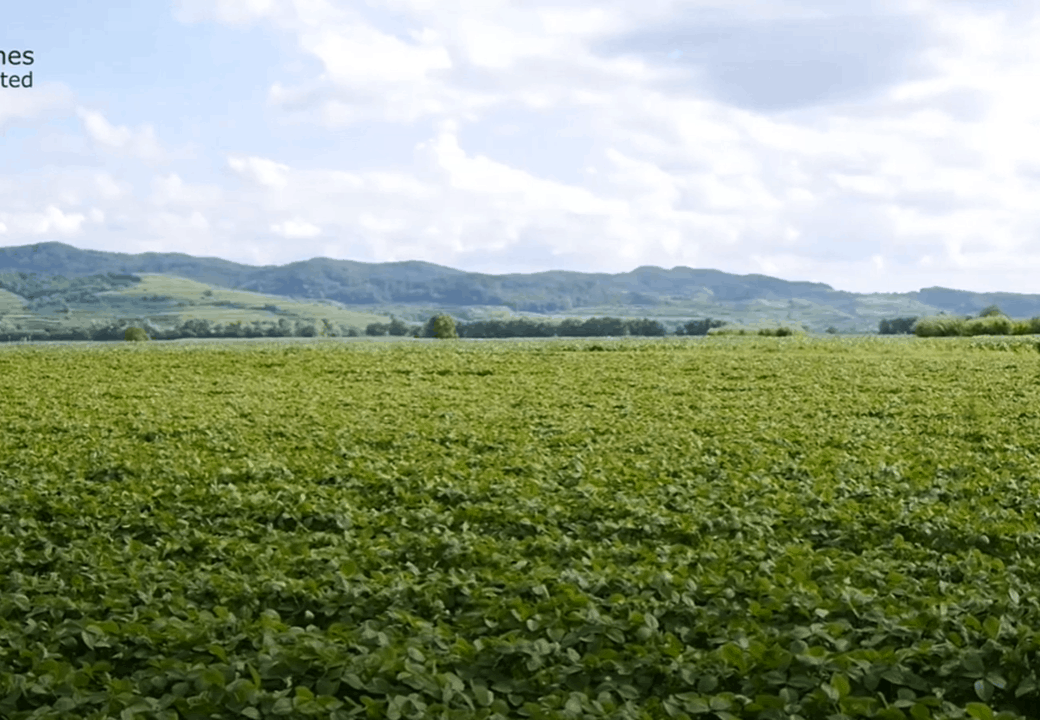
Production of soybean seeds
The use of high-quality seed is particularly important for the success of a soybean crop. In this video, the experts from Centre for Agricultural Technology Augustenberg (LTZ) explain what to look for in soybean seed production.
The use of high-quality seed is particularly important for the success of a soybean crop. In this video, the experts from Centre for Agricultural Technology Augustenberg (LTZ) explain what to look for in soybean seed production.
|39|40|
Watch
Subtitles for this video were translated within the Legumes Translated project funded by the European Union through Horizon 2020, Project Grant Number 817634.
2021
Centre for Agricultural Technology Augustenberg (LTZ), German Soybean Association
0_1623750605
1623750605
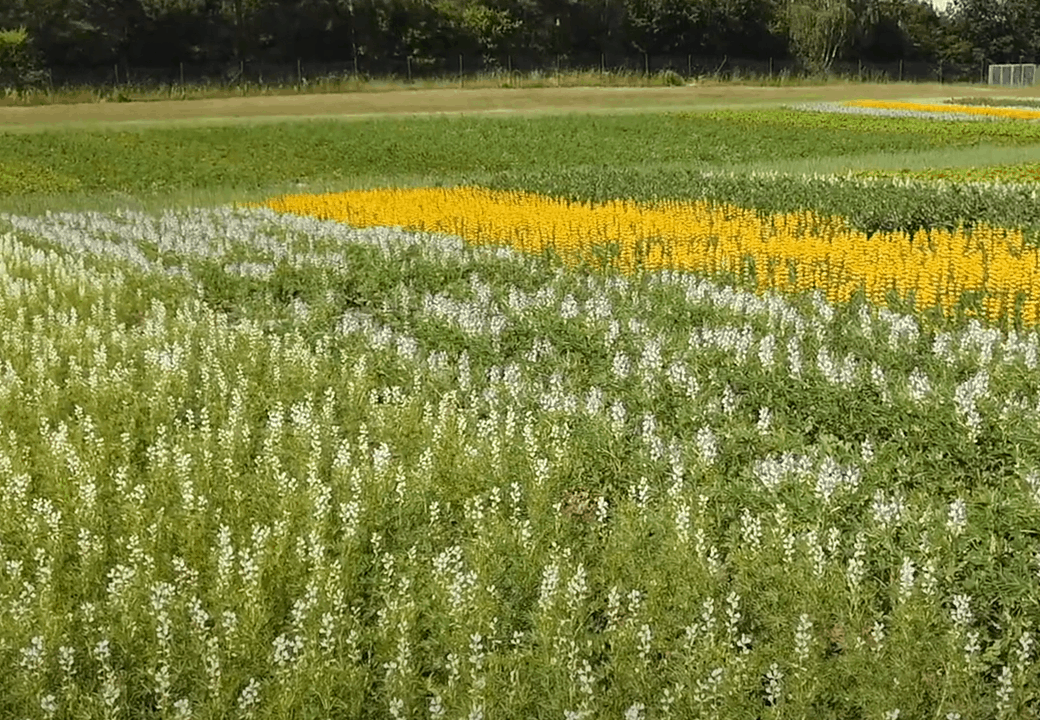
Legume protein from Brandenburg
Field trials on grain legumes have been conducted at the Leibniz Centre for Agricultural Landscape Research (ZALF) for many years. In this video, Moritz Reckling and Kathleen Karges give insights into their research o...
Field trials on grain legumes have been conducted at the Leibniz Centre for Agricultural Landscape Research (ZALF) for many years. In this video, Moritz Reckling and Kathleen Karges give insights into their research on soybeans and various lupin species and present trials on the cultivation potential of these legumes in Brandenburg.
|39|43|40|
Watch
Subtitles for this video were translated within the Legumes Translated project funded by the European Union through Horizon 2020, Project Grant Number 817634.
2021
Leibniz Centre for Agricultural Landscape Research (ZALF)
0_1623748987
1623748987
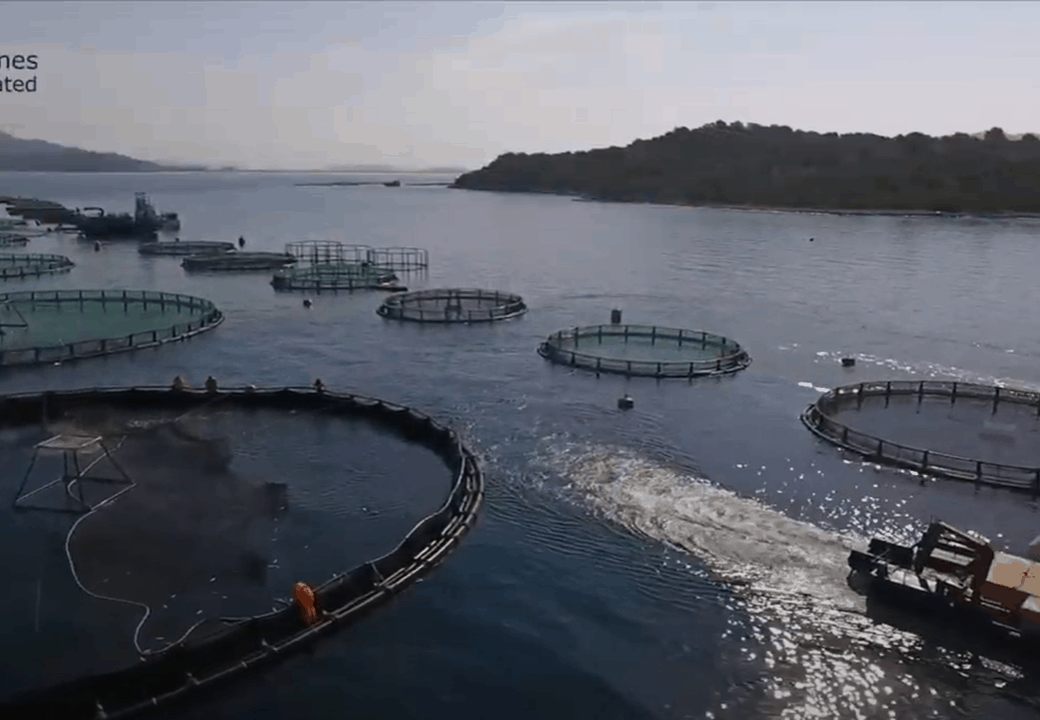
Using grain legumes in marine fish diets
In this video, THESGI Agricultural Cooperative of Thessaly in cooperation with NIREUS Aquaculture S.A. demonstrate a win-win market for legumes and fish producers. Taking into acc...
In this video, THESGI Agricultural Cooperative of Thessaly in cooperation with NIREUS Aquaculture S.A. demonstrate a win-win market for legumes and fish producers. Taking into account the urgent need for non-GMO raw materials in fish feeds, locally produced legumes can be an alternative and sustainable resource market for the aquaculture in the Mediterrenean.
|98|39|41|97|43|42|40|
Watch
Subtitles for this video were translated within the Legumes Translated project funded by the European Union through Horizon 2020, Project Grant Number 817634.
2021
THESGI Agricultural Cooperative of Thessaly, NIREUS Aquaculture S.A.
0_1623666109
1623666109
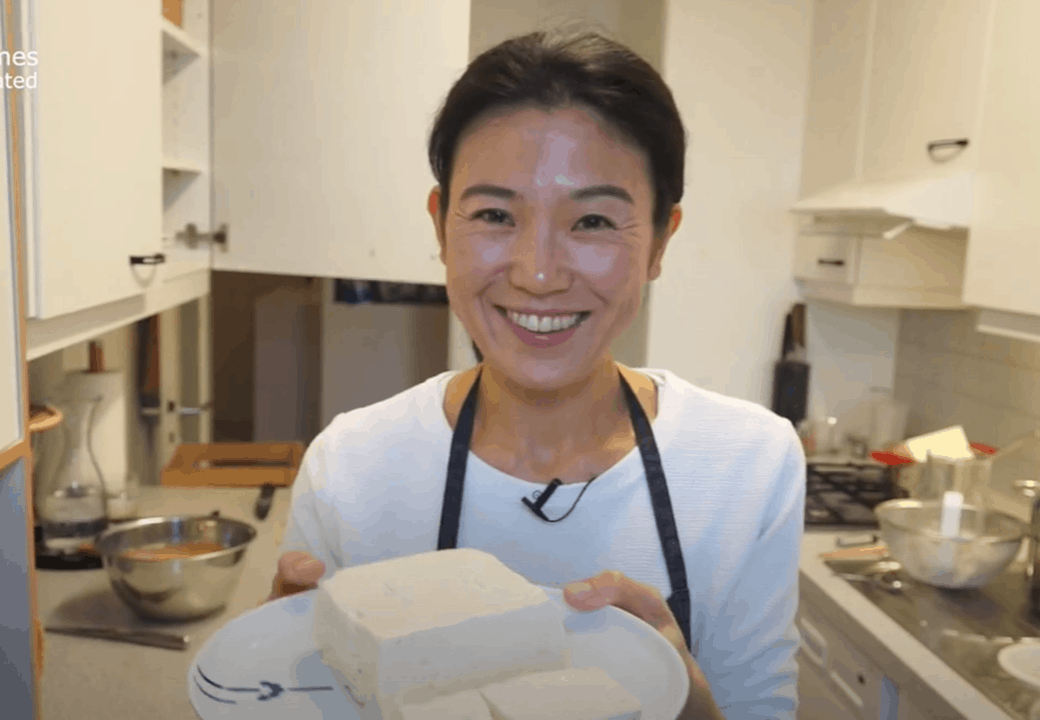
Make your own tofu in the traditional Japanese way
In this video, tofu master, Mariko Kaufmann, shows how you can make tofu - a step by step instruction.
In this video, tofu master, Mariko Kaufmann, shows how you can make tofu - a step by step instruction.
|39|49|40|
Watch
Subtitles for this video were translated within the Legumes Translated project funded by the European Union through Horizon 2020, Project Grant Number 817634.
2021
Forschungsinstitut für biologischen Landbau FiBL
0_1623656155
1623656155
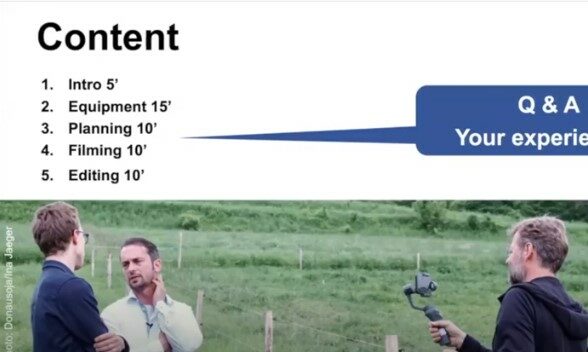
How to produce a farm video to enhance knowledge exchange
This video was recorded during an online seminar about the production of low-budget audio-visual material for research and innovation projects in the field of agriculture, in September 2020. Affordable equipment for realising good quality videos are demonstrated and experiences from planning, filming and editing videos are shared.
This video was recorded during an online seminar about the production of low-budget audio-visual material for research and innovation projects in the field of agriculture, in September 2020. Affordable equipment for realising good quality videos are demonstrated and experiences from planning, filming and editing videos are shared.
|39|49|97|
Watch
Subtitles for this video were translated within the Legumes Translated project funded by the European Union through Horizon 2020, Project Grant Number 817634.
2020
Forschungsinstitut für biologischen Landbau (FiBL)
0_1621424428
1621424428
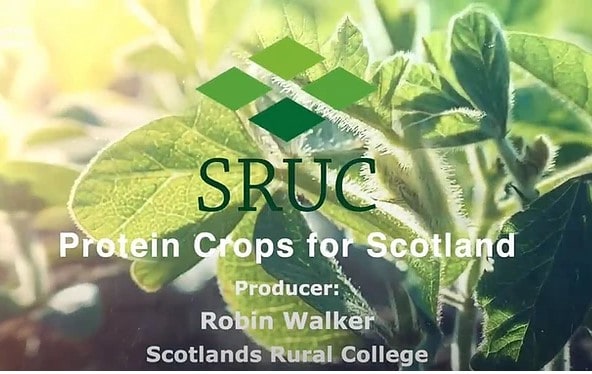
Protein crops for Scotland
Robin Walker from Scotlands Rural College (SRUC) provides an overview of the latest developments and opportunities in testing protein crops as feed and food in Scotland.
Robin Walker from Scotlands Rural College (SRUC) provides an overview of the latest developments and opportunities in testing protein crops as feed and food in Scotland.
|39|68|43|42|40|
Watch
Subtitles for this video were translated within the Legumes Translated project funded by the European Union through Horizon 2020, Project Grant Number 817634.
2020
Scotlands Rural College (SRUC)
0_1621423520
1621423520
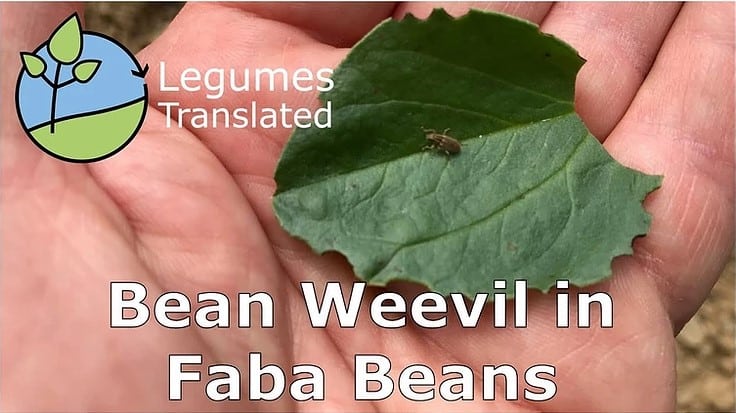
Bean weevil in faba bean
Martin Bourke of TEAGASC in Ireland explains how to recognise Bean Weevil in early growth stages of faba beans, control timings and aligning this control to other operations which may be necessary to the crop.
Martin Bourke of TEAGASC in Ireland explains how to recognise Bean Weevil in early growth stages of faba beans, control timings and aligning this control to other operations which may be necessary to the crop.
|39|41|
Watch
Subtitles for this video were translated within the Legumes Translated project funded by the European Union through Horizon 2020, Project Grant Number 817634.
2021
Teagasc
0_1621253392
1621253392
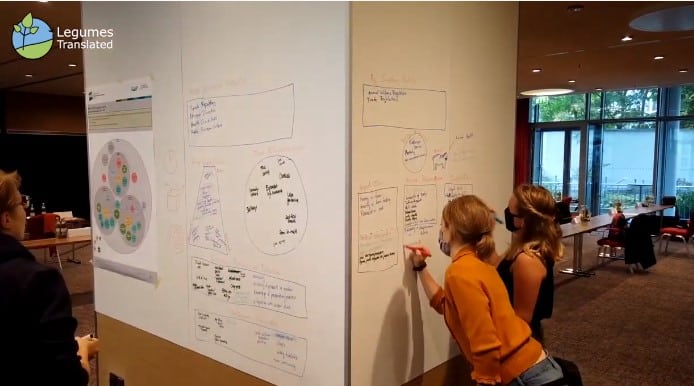
Scenarios for the protein transition in Europe
Legumes can play a leading role in improving the resilience of European farming systems and contribute to more sustainable food systems. To explore this significant option for future protein supply, the fifth 'Protein Paradoxes' Workshop took place in a hybrid (online/offline) setting and was organised by the Leibniz Centre for Agricultural Landscape Researc...
Legumes can play a leading role in improving the resilience of European farming systems and contribute to more sustainable food systems. To explore this significant option for future protein supply, the fifth 'Protein Paradoxes' Workshop took place in a hybrid (online/offline) setting and was organised by the Leibniz Centre for Agricultural Landscape Research (ZALF). During the workshop young scientists developed together with legume experts a set of novel future scenarios for better-utilizing grain legumes with a focus on food systems in Europe.
International experts from the UK, Finland, Austria, the Netherlands and Germany facilitated the scenario design and provided insights into cutting-edge research. Based on the developed scenarios a scientific publication is developed and all participants were invited to contribute.
The project 'Protein Paradoxes: Protein Supply under the Conditions of Climate Change – Production, Consumption and Human Health' was started in 2016 by the Leibniz Research Alliance 'Food and Nutrition'.
International experts from the UK, Finland, Austria, the Netherlands and Germany facilitated the scenario design and provided insights into cutting-edge research. Based on the developed scenarios a scientific publication is developed and all participants were invited to contribute.
The project 'Protein Paradoxes: Protein Supply under the Conditions of Climate Change – Production, Consumption and Human Health' was started in 2016 by the Leibniz Research Alliance 'Food and Nutrition'.
|39|49|97|
Watch
Subtitles for this video were translated within the Legumes Translated project funded by the European Union through Horizon 2020, Project Grant Number 817634.
2021
ZALF
0_1621251644
1621251644
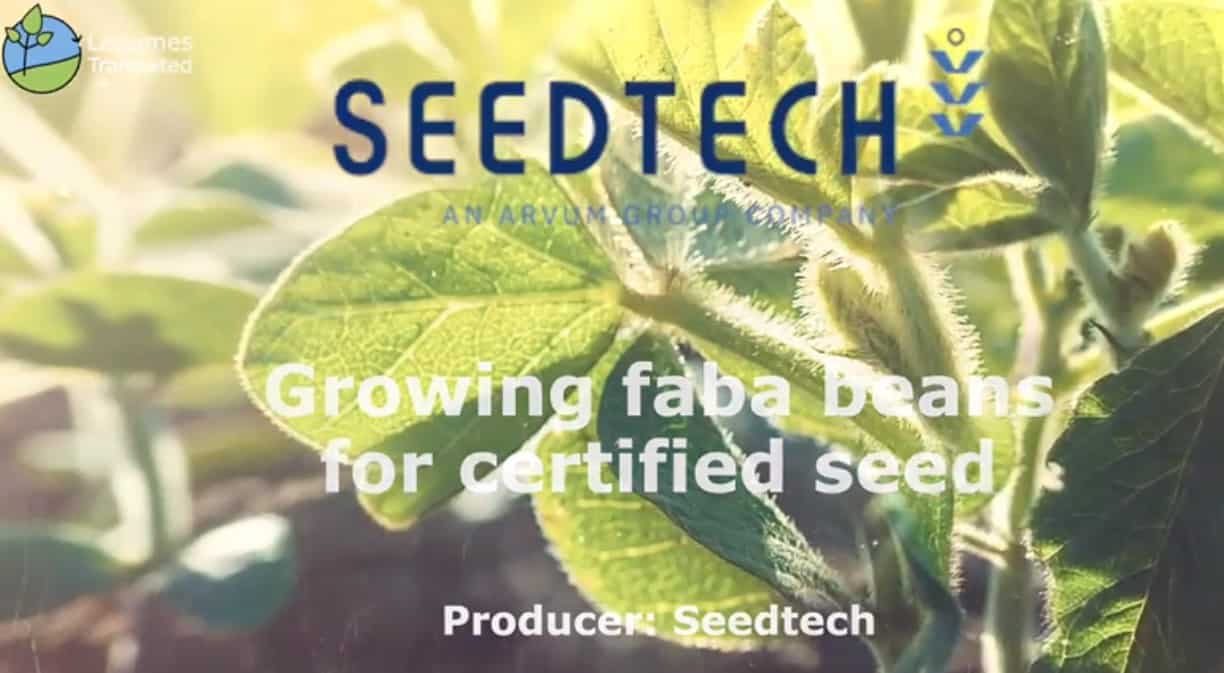
Growing faba beans for certified seed
In this video, Tim O'Donovan from Seedtech describes the life cycle of growing faba beans for seed in Ireland.
In this video, Tim O'Donovan from Seedtech describes the life cycle of growing faba beans for seed in Ireland.
|39|41|
Watch
OK-Net Ecofeed has received funding from the European Union's Horizon 2020 research and innnovation programme under grant agreement No. 773911. Subtitles for this video were translated within the Legumes Translated project funded by the European Union through Horizon 2020, Project Grant Number 817634.
2021
Seedtech
0_1621242954
1621242954
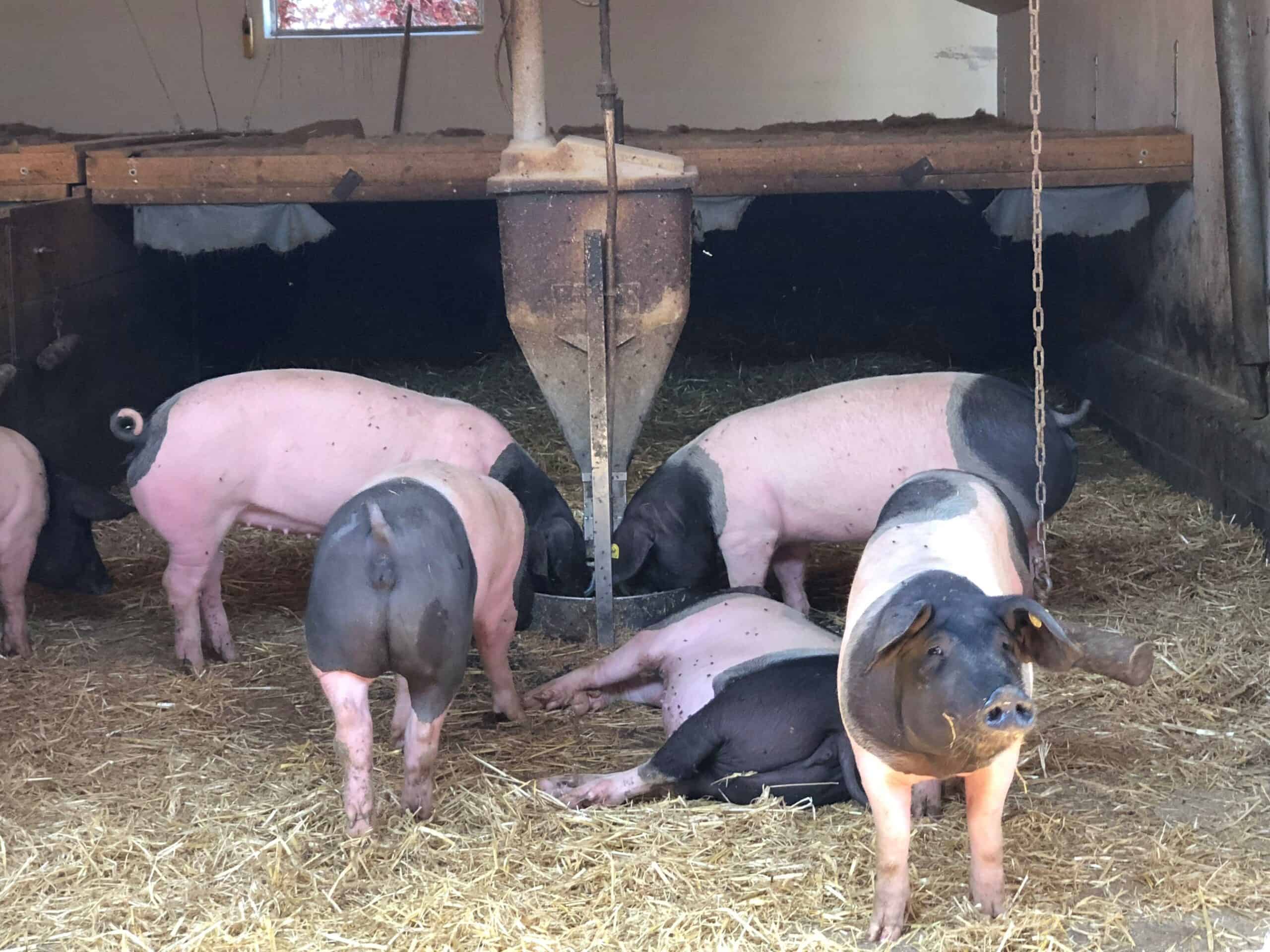
Peas in pig feed
In this video, pig farmer Martin Hanselmann reports on his experiences in growing and feeding peas to pigs. He runs a part-time farm in Kerleweck, Germany and keeps Swabian-Hall fattening pigs on 550 fattening pens with attached piglet rearing. Marketing is done through the Schwäbisch Hall farmers' producer association. He grows a large part of the feed on h...
In this video, pig farmer Martin Hanselmann reports on his experiences in growing and feeding peas to pigs. He runs a part-time farm in Kerleweck, Germany and keeps Swabian-Hall fattening pigs on 550 fattening pens with attached piglet rearing. Marketing is done through the Schwäbisch Hall farmers' producer association. He grows a large part of the feed on his own arable land, namely barley, wheat, maize, triticale and peas. The pea is a welcome balance in the crop rotation. The share of peas in pig feed, in the finishing fattening stage, is five percent.
|42|48|
Watch
Subtitles for this video were translated within the Legumes Translated project funded by the European Union through Horizon 2020, Project Grant Number 817634.
2021
Bäuerliche Erzeugergemeinschaft Schwäbisch Hall
0_1620811505
1620811505
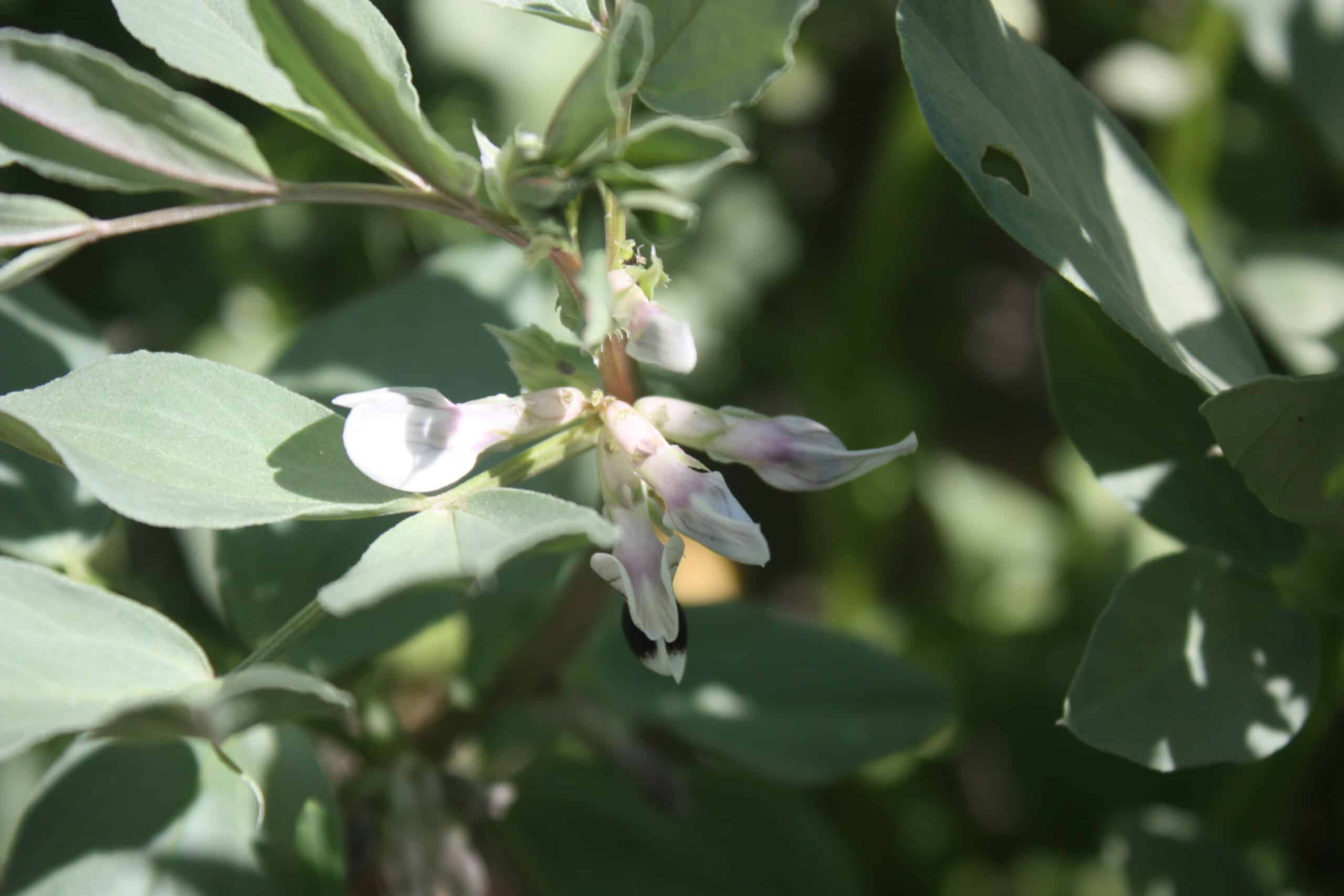
Inoculating legumes
This video explains why, when and how to inoculate grain legumes with appropriate Rhizobium bacteria.
This video explains why, when and how to inoculate grain legumes with appropriate Rhizobium bacteria.
|39|41|68|43|42|
Watch
Subtitles for this video were translated within the Legumes Translated project funded by the European Union through Horizon 2020, Project Grant Number 817634.
2021
University of Helsinki
0_1620647805
1620647805
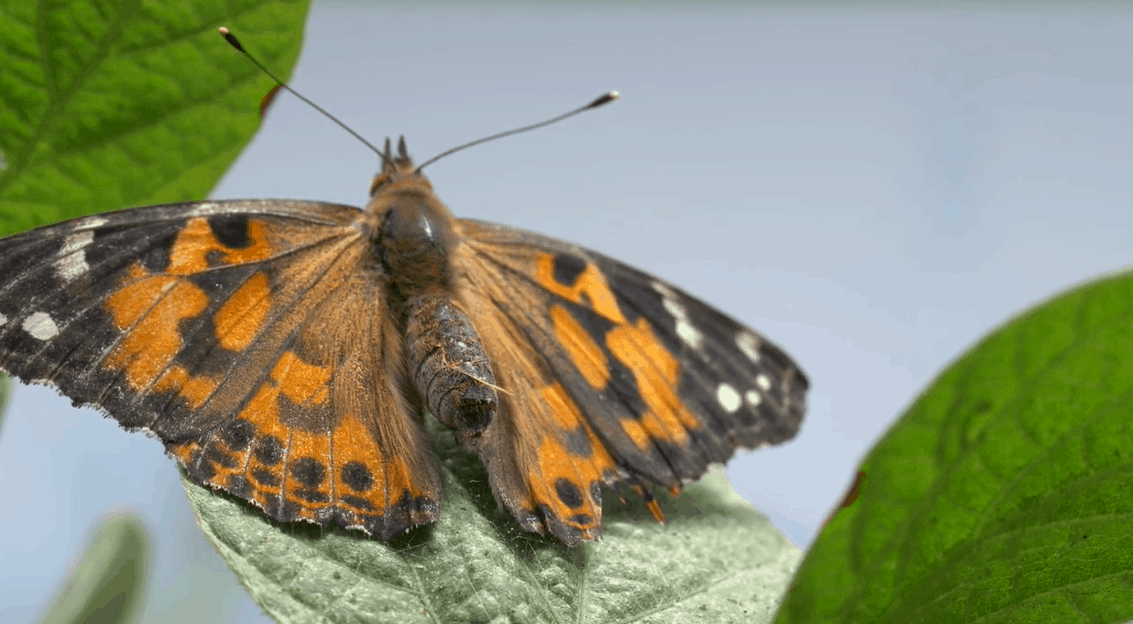
Painted lady in soybean production
The thistle butterfly (Vanessa cardui) is one of the migratory butterflies that fly into Central Europe from the Mediterranean region and even North Africa every year from May to August. To do so, they cover thousands of kilometres and even cross the Alps. In some years, there can be mass occurrences in Central Europe, as a result of which soy plants ...
The thistle butterfly (Vanessa cardui) is one of the migratory butterflies that fly into Central Europe from the Mediterranean region and even North Africa every year from May to August. To do so, they cover thousands of kilometres and even cross the Alps. In some years, there can be mass occurrences in Central Europe, as a result of which soy plants serve as substitute food.
|39|40|
Watch
Funded by the Federal Ministry of Food and Agriculture on the basis of a resolution of the German Bundestag within the framework of the BMEL Protein Plant Strategy. Subtitles for this video were translated within the Legumes Translated project funded by the European Union through Horizon 2020, Project Grant Number 817634.
2020
Julius Kühn-Institute, Erwin-Baur-Straße 27 06484 Quedlinburg
0_1618837132
1618837132
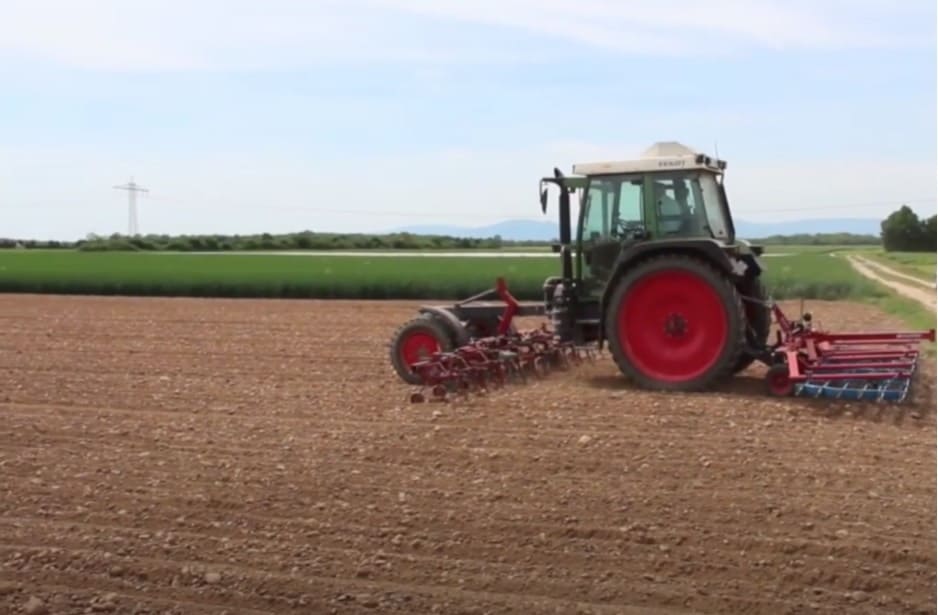
Mechanical weed control in soybean
Experts explain what must be considered in weed control when sowing your soya crop: which measures have to be taken when, which equipment to use and how, and much more. The video takes us to the field for practical tips on successful weed-management in soya.
Experts explain what must be considered in weed control when sowing your soya crop: which measures have to be taken when, which equipment to use and how, and much more. The video takes us to the field for practical tips on successful weed-management in soya.
|39|40|
Watch
Funded by the Federal Ministry of Food and Agriculture on the basis of a resolution of the German Bundestag within the framework of the BMEL Protein Plant Strategy. Subtitles for this video were translated within the Legumes Translated project funded by the European Union through Horizon 2020, Project Grant Number 817634.
2020
Taifun-Tofu GmbH, Landwirtschaftliches Zentrum für Sojaanbau und Entwicklung
0_1613732513
1613732513
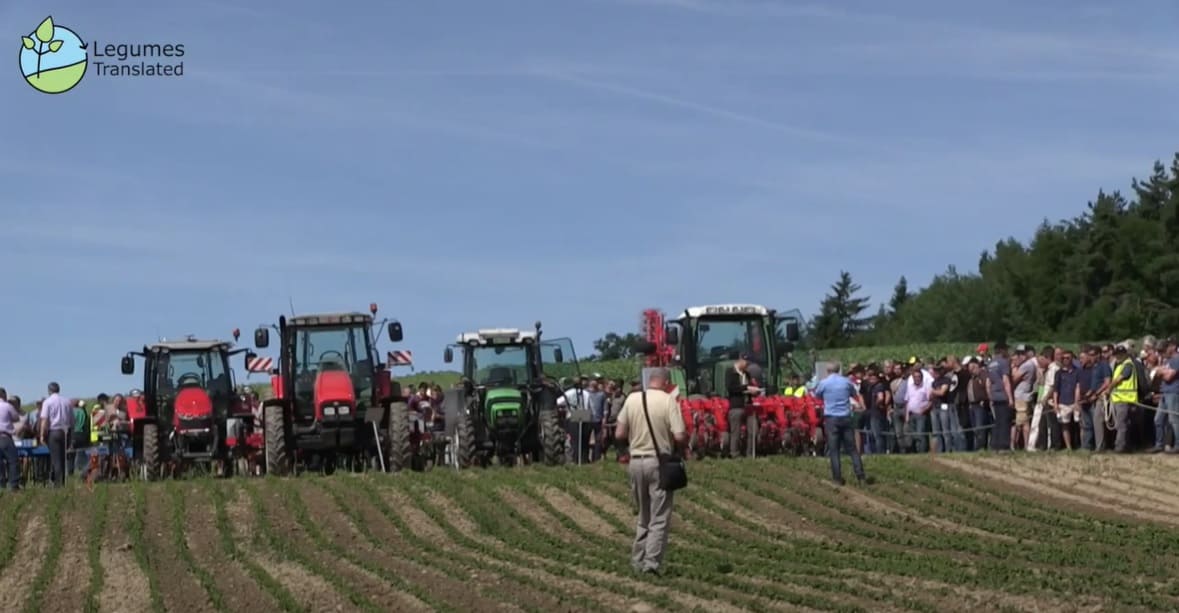
Demonstration of mechanical weeding machines
Mechanical weeding in soy
Mechanical weeding is one of the key elements of organic farming. It is particularly important in the cultivation of organic soybean.
Mechanical weeding is one of the key elements of organic farming. It is particularly important in the cultivation of organic soybean.
|39|40|
Watch
Subtitles for this video were translated within the Legumes Translated project funded by the European Union through Horizon 2020, Project Grant Number 817634.
2020
Forschungsinstitut für biologischen Landbau FiBL
0_1613730273
1613730273
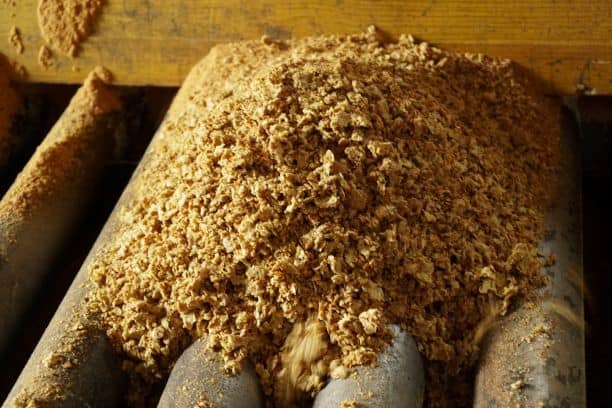
On-farm soybean processing - Toasting soy for pig fattening
The video was filmed in collaboration with the Höckner family, they run a pig breeding and fattening operation near Linz, Austria. Some years ago the Höckner family bought a soy toasting system. In this video they recount their experiences with toasting soybean and feeding the soy press cake to their pigs.
The video was filmed in collaboration with the Höckner family, they run a pig breeding and fattening operation near Linz, Austria. Some years ago the Höckner family bought a soy toasting system. In this video they recount their experiences with toasting soybean and feeding the soy press cake to their pigs.
|39|97|48|40|
Watch
OK-Net Ecofeed has received funding from the European Union's Horizon 2020 research and innnovation programme under grant agreement No. 773911. Subtitles for this video were translated within the Legumes Translated project funded by the European Union through Horizon 2020, Project Grant Number 817634.
2020
Donau Soja
0_1613726332
1613726332
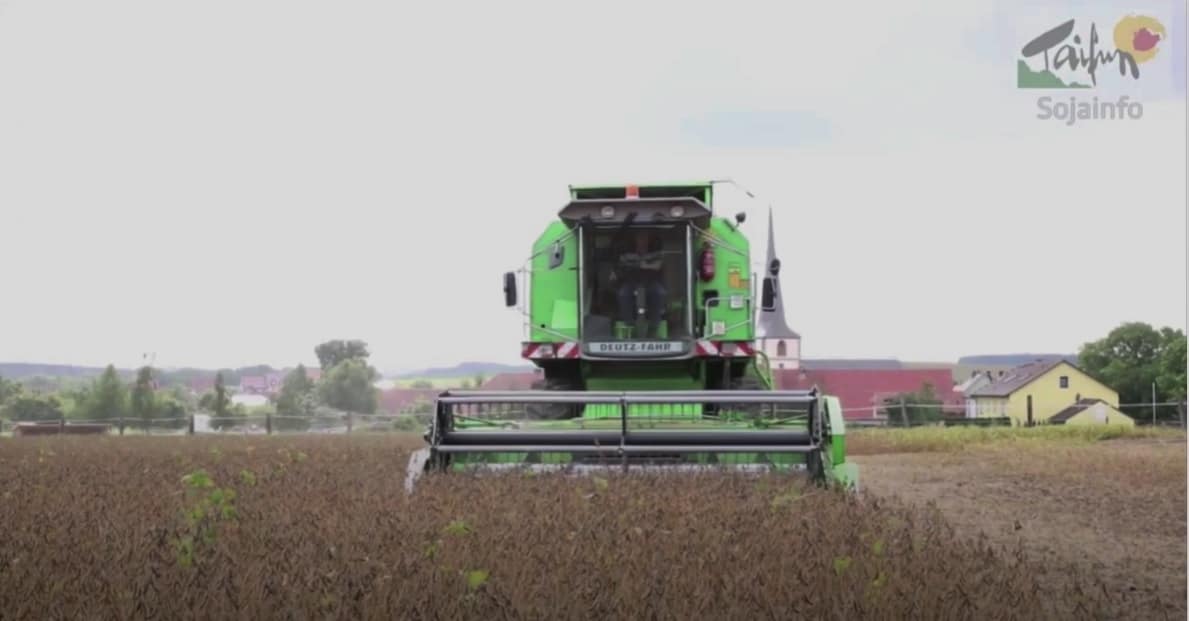
Threshing soybean properly
Experienced German cultivation consultants explain the details of harvesting soya in this 8-minute video. It covers the time of harvesting to the setting of the combine harvester as well as machine operation.
Experienced German cultivation consultants explain the details of harvesting soya in this 8-minute video. It covers the time of harvesting to the setting of the combine harvester as well as machine operation.
|39|40|
Watch
Funded by the Federal Ministry of Food and Agriculture on the basis of a resolution of the German Bundestag within the framework of the BMEL Protein Plant Strategy. Subtitles for this video were translated within the Legumes Translated project funded by the European Union through Horizon 2020, Project Grant Number 817634.
2020
Taifun-Tofu GmbH, Landwirtschaftliches Zentrum für Sojaanbau und Entwicklung
Taifun-Tofu GmbH, Landwirtschaftliches Zentrum für Sojaanbau und Entwicklung
0_1606594853
1606594853
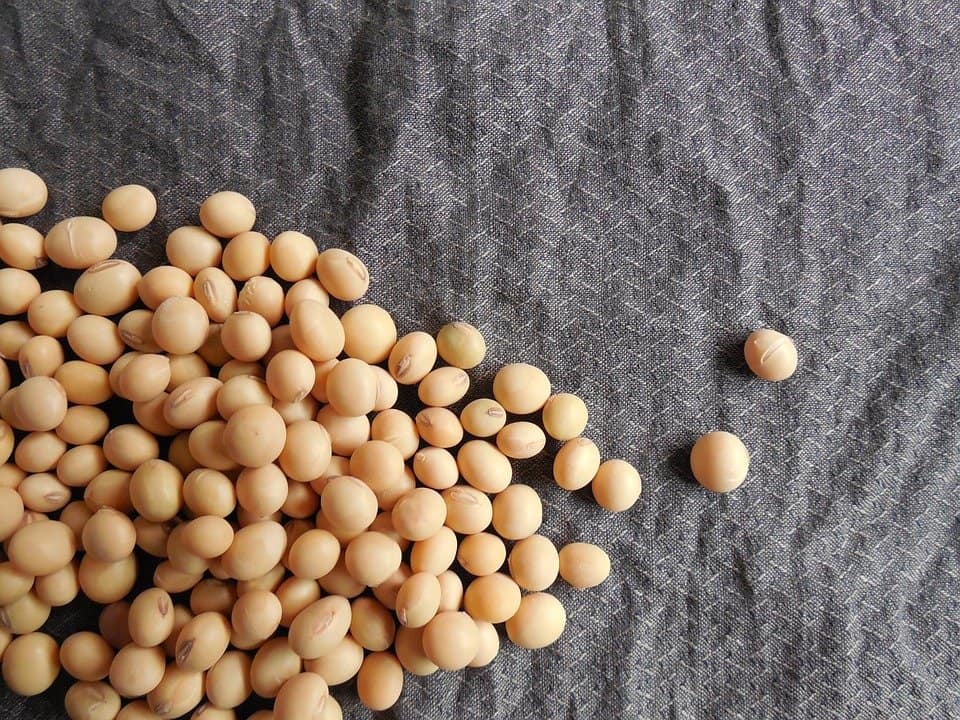
Soybean in the course of a year
The video takes us from seed to harvest through soya germination, flowering, grain filling, ripening, and maturation. Soya experts provide practical tips for growing a successful soybean crop.
The video takes us from seed to harvest through soya germination, flowering, grain filling, ripening, and maturation. Soya experts provide practical tips for growing a successful soybean crop.
|39|49|40|
Watch
Funded by the Federal Ministry of Food and Agriculture on the basis of a resolution of the German Bundestag within the framework of the BMEL Protein Plant Strategy. Subtitles for this video were translated within the Legumes Translated project funded by the European Union through Horizon 2020, Project Grant Number 817634.
2020
Taifun-Tofu GmbH, Landwirtschaftliches Zentrum für Sojaanbau und Entwicklung
Taifun-Tofu GmbH, Landwirtschaftliches Zentrum für Sojaanbau und Entwicklung
0_1606508552
1606508552
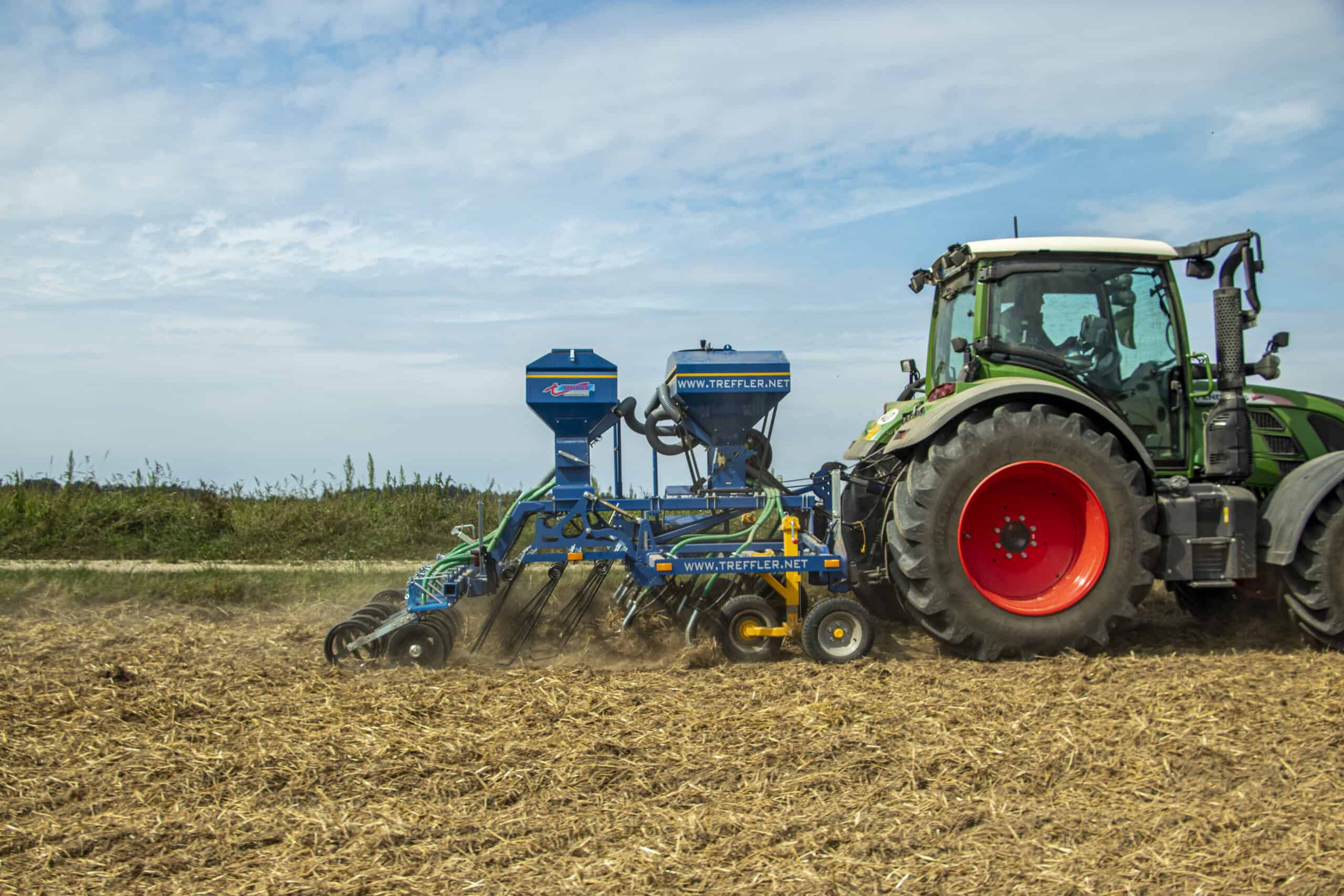
Mulch-sowing for spring crops
Mulch sowing is a cultivation method in which the seed is sown into mulched plant residues. The aim of mulch sowing is to achieve continuous erosion protection of the soil throughout the year. This involves the use of non-turning tillage equipment that only works shallowly and protects the soil structure.
Mulch sowing is a cultivation method in which the seed is sown into mulched plant residues. The aim of mulch sowing is to achieve continuous erosion protection of the soil throughout the year. This involves the use of non-turning tillage equipment that only works shallowly and protects the soil structure.
|39|41|40|
Watch
Subtitles for this video were translated within the Legumes Translated project funded by the European Union through Horizon 2020, Project Grant Number 817634.
2020
Landwirtschaftskammer Oberösterreich, Boden.Wasser.Schutz Beratung
Landwirtschaftskammer Oberösterreich, Boden.Wasser.Schutz.Beratung
0_1606422228
1606422228
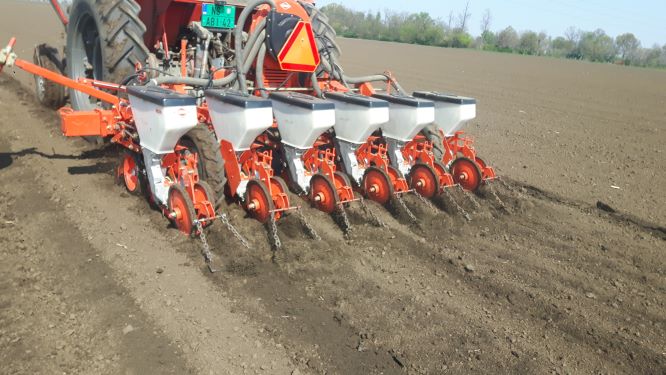
Sowing of soybean
Experts explain what needs to be considered when sowing soybeans, provide practical tips on machinery, sowing distances, ways to avoid weeds and much more. The seedbed preparation, seed quality, sowing date, technique, and seeding rate are discussed.
Experts explain what needs to be considered when sowing soybeans, provide practical tips on machinery, sowing distances, ways to avoid weeds and much more. The seedbed preparation, seed quality, sowing date, technique, and seeding rate are discussed.
|39|40|
Watch
Funded by the Federal Ministry of Food and Agriculture on the basis of a resolution of the German Bundestag within the framework of the BMEL Protein Plant Strategy. Subtitles for this video were translated within the Legumes Translated project funded by the European Union through Horizon 2020, Project Grant Number 817634.
2020
Taifun-Tofu GmbH, Landwirtschaftliches Zentrum für Sojaanbau und Entwicklung
Taifun-Tofu GmbH, Landwirtschaftliches Zentrum für Sojaanbau und Entwicklung
0_1606336506
1606336506
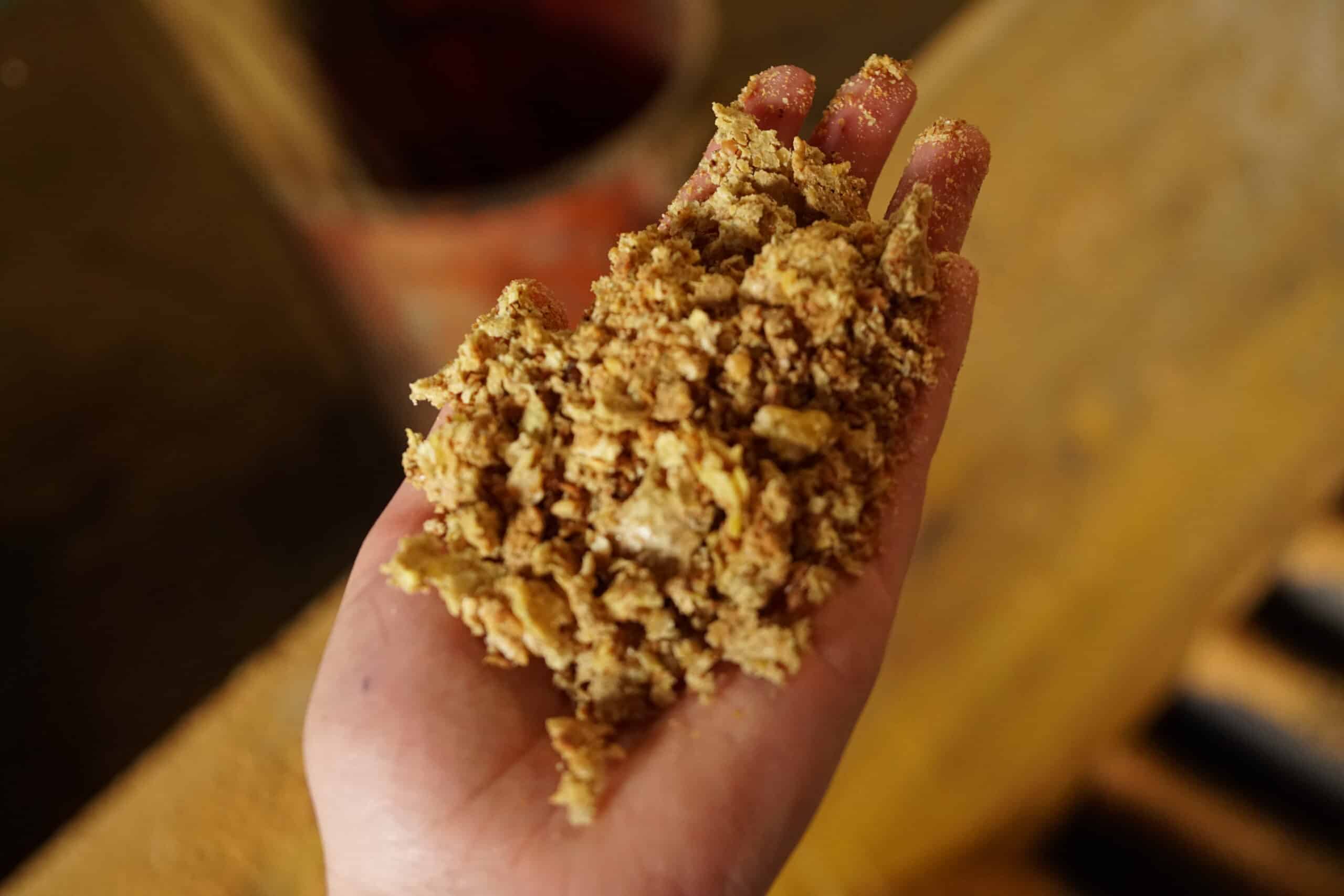
On-farm soybean processing
The soybean is an excellent source of protein for human consumption and for animal nutrition. However, it also has digestive inhibitors. These must be deactivated by heat treatment before they can be used. Toasting soybean is one possible method for this. In the following video we show how the processing of soybean works on Johannes Edhofer's farm. He grows ...
The soybean is an excellent source of protein for human consumption and for animal nutrition. However, it also has digestive inhibitors. These must be deactivated by heat treatment before they can be used. Toasting soybean is one possible method for this. In the following video we show how the processing of soybean works on Johannes Edhofer's farm. He grows soy himself and feeds it to his laying hens after processing it on his farm.
|39|97|47|40|
Watch
Legumes Translated has received funding from the European Union's Horizon 2020 research and innnovation programme under grant agreement No. 817634. OK-Net Ecofeed has received funding from the European Union's Horizon 2020 research and innnovation programme under grant agreement No. 773911.
2020
Donau Soja
Leopold Rittler, Donau Soja; Camera, Editing and Subtitles: Thomas Alföldi, FiBL
0_1606336427
1606336427
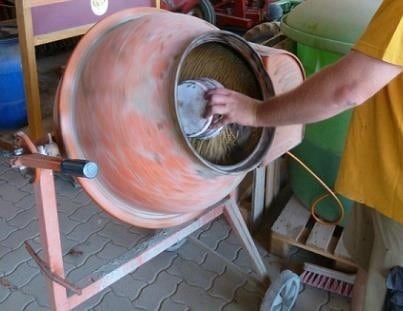
Inoculation of soybean seed
Experts describe what needs to be considered when inoculating soya seed before sowing and provide practical tips on machines, inoculation technology and application scenarios.
A written article about the inoculation of soybean seed can be found here: Inoculation of soybean seed.
Further, an article about biological nitrogen fixation in legumes in more ...
Experts describe what needs to be considered when inoculating soya seed before sowing and provide practical tips on machines, inoculation technology and application scenarios.
A written article about the inoculation of soybean seed can be found here: Inoculation of soybean seed.
Further, an article about biological nitrogen fixation in legumes in more general is available here: Biological nitrogen fixation in legumes.
|39|40|
Watch
Funded by the Federal Ministry of Food and Agriculture on the basis of a resolution of the German Bundestag within the framework of the BMEL Protein Plant Strategy. Legumes Translated has received funding from the European Union's Horizon 2020 research and innnovation programme under grant agreement No. 817634.
2020
Taifun-Tofu GmbH, Landwirtschaftliches Zentrum für Sojaanbau und Entwicklung
Taifun-Tofu GmbH, Landwirtschaftliches Zentrum für Sojaanbau und Entwicklung
0_1606336289
1606336289
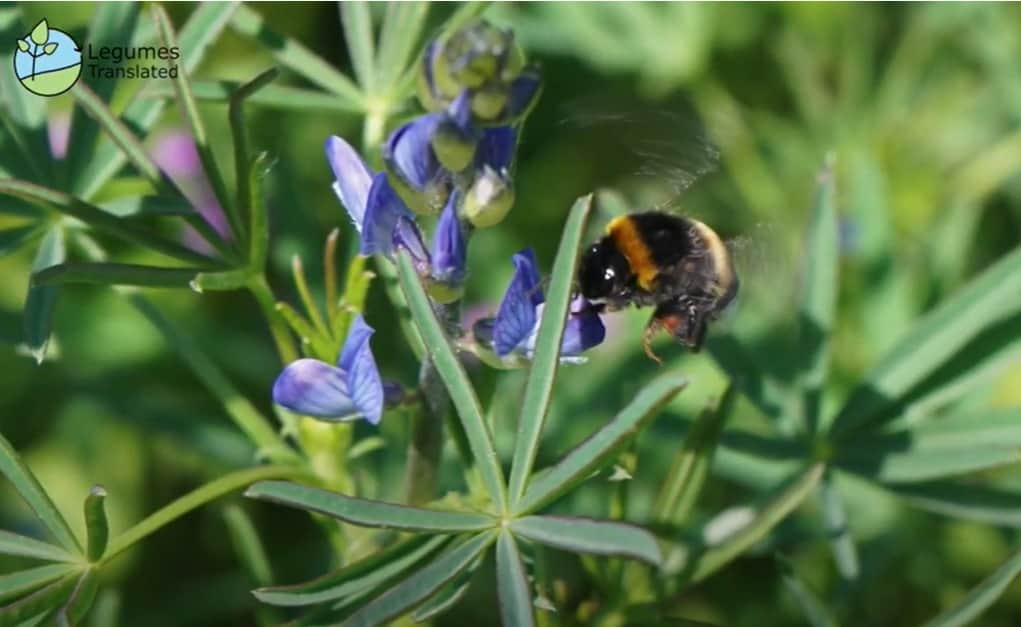
Lupin cultivation - success with new varieties
After the cultivation of white lupines was no longer possible for a long time due to the fungal disease anthracnose, hope is restored thanks to the new varieties 'Frida' and 'Sulimo'. Christine Arncken from FiBL presents the cultivation of white lupins under organic conditions and presents encouraging results from her field trials.
After the cultivation of white lupines was no longer possible for a long time due to the fungal disease anthracnose, hope is restored thanks to the new varieties 'Frida' and 'Sulimo'. Christine Arncken from FiBL presents the cultivation of white lupins under organic conditions and presents encouraging results from her field trials.
|39|43|
Watch
Subtitles for this video were translated within the Legumes Translated project funded by the European Union through Horizon 2020, Project Grant Number 817634.
2020
Forschungsinstitut für biologischen Landbau FiBL
Christine Arncken, FiBL
0_1606336172
1606336172
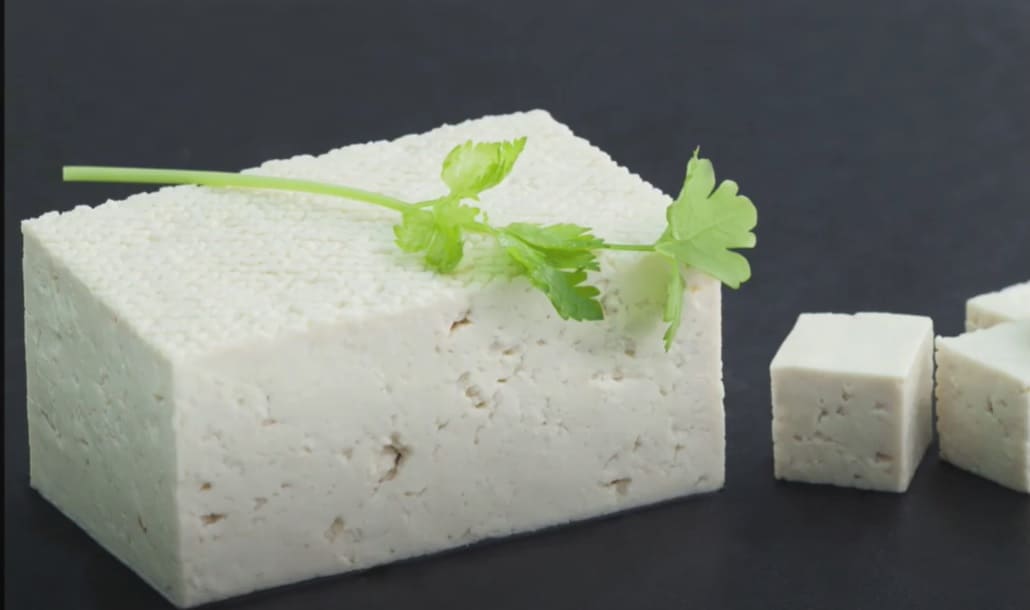
Soybean cultivation for tofu
In this video, 'Soya cultivation for tofu', Taifun-Tofu agricultural engineers explain what is particularly important when growing soybean for tofu production - from the choice of variety, to harvesting and processing.
In this video, 'Soya cultivation for tofu', Taifun-Tofu agricultural engineers explain what is particularly important when growing soybean for tofu production - from the choice of variety, to harvesting and processing.
|39|49|40|
Watch
Funded by the Federal Ministry of Food and Agriculture on the basis of a resolution of the German Bundestag within the framework of the BMEL Protein Plant Strategy. Subtitles for this video were translated within the Legumes Translated project funded by the European Union through Horizon 2020, Project Grant Number 817634.
2020
Taifun-Tofu GmbH, Landwirtschaftliches Zentrum für Sojaanbau und Entwicklung
Taifun-Tofu GmbH, Landwirtschaftliches Zentrum für Sojaanbau und Entwicklung
0_1606335202
1606335202
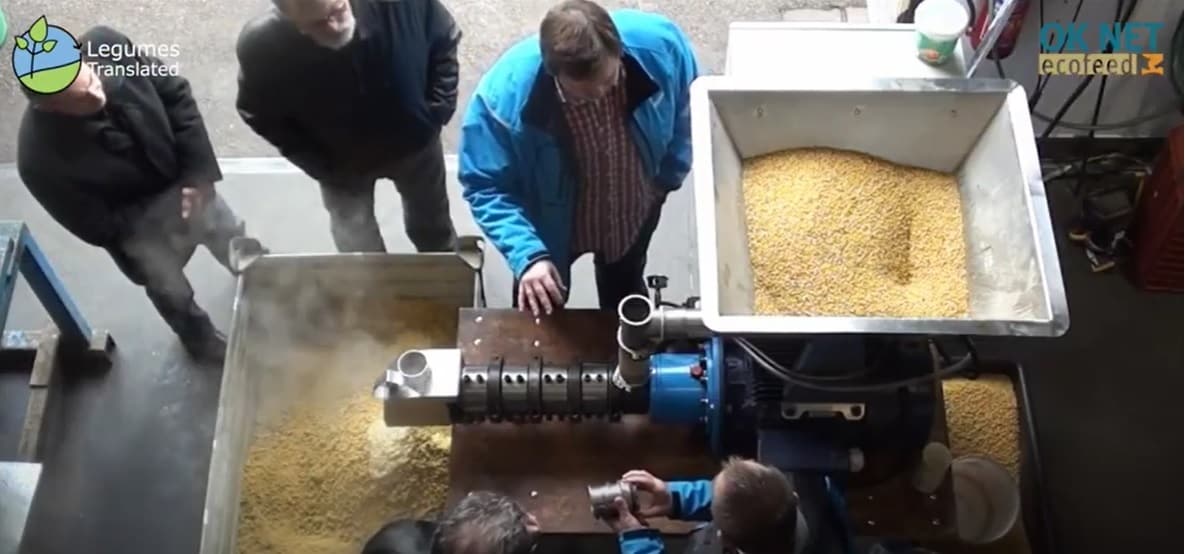
Processing of soybean - methods and tips
Soybean is an excellent source of protein as food and feed. However, it has digestive inhibitors. These must be deactivated by appropriate methods before consumption or feeding. This video presents the most common processing methods and tips.
Soybean is an excellent source of protein as food and feed. However, it has digestive inhibitors. These must be deactivated by appropriate methods before consumption or feeding. This video presents the most common processing methods and tips.
|46|39|97|48|47|40|
Watch
The production of this video has received funding from the European Union’s Horizon 2020 research and innovation programme under grant agreements No 817634 (Legumes Translated) and 773911 (OK-Net Ecofeed).
2020
Donau Soja
0_1606325648
1606325648
